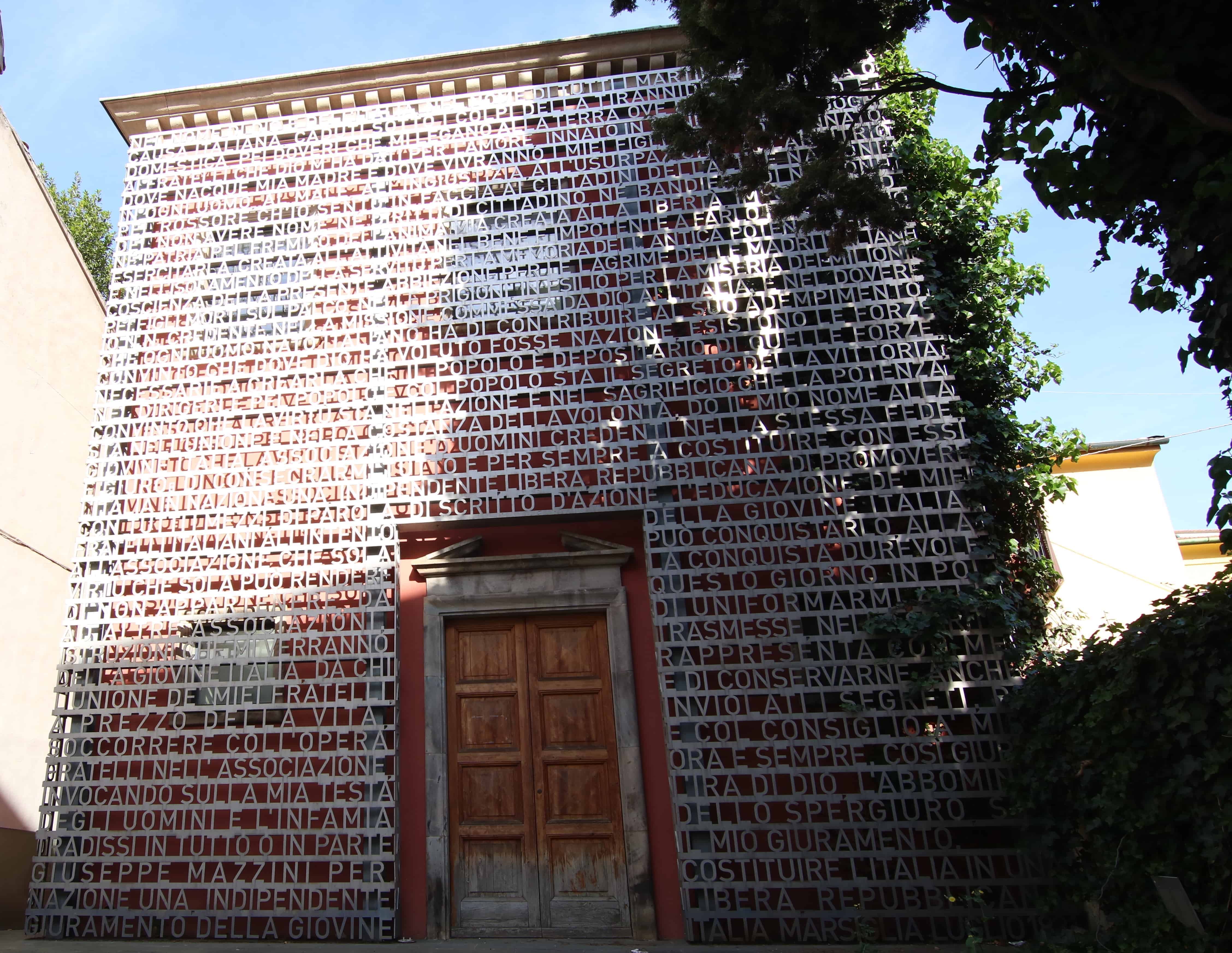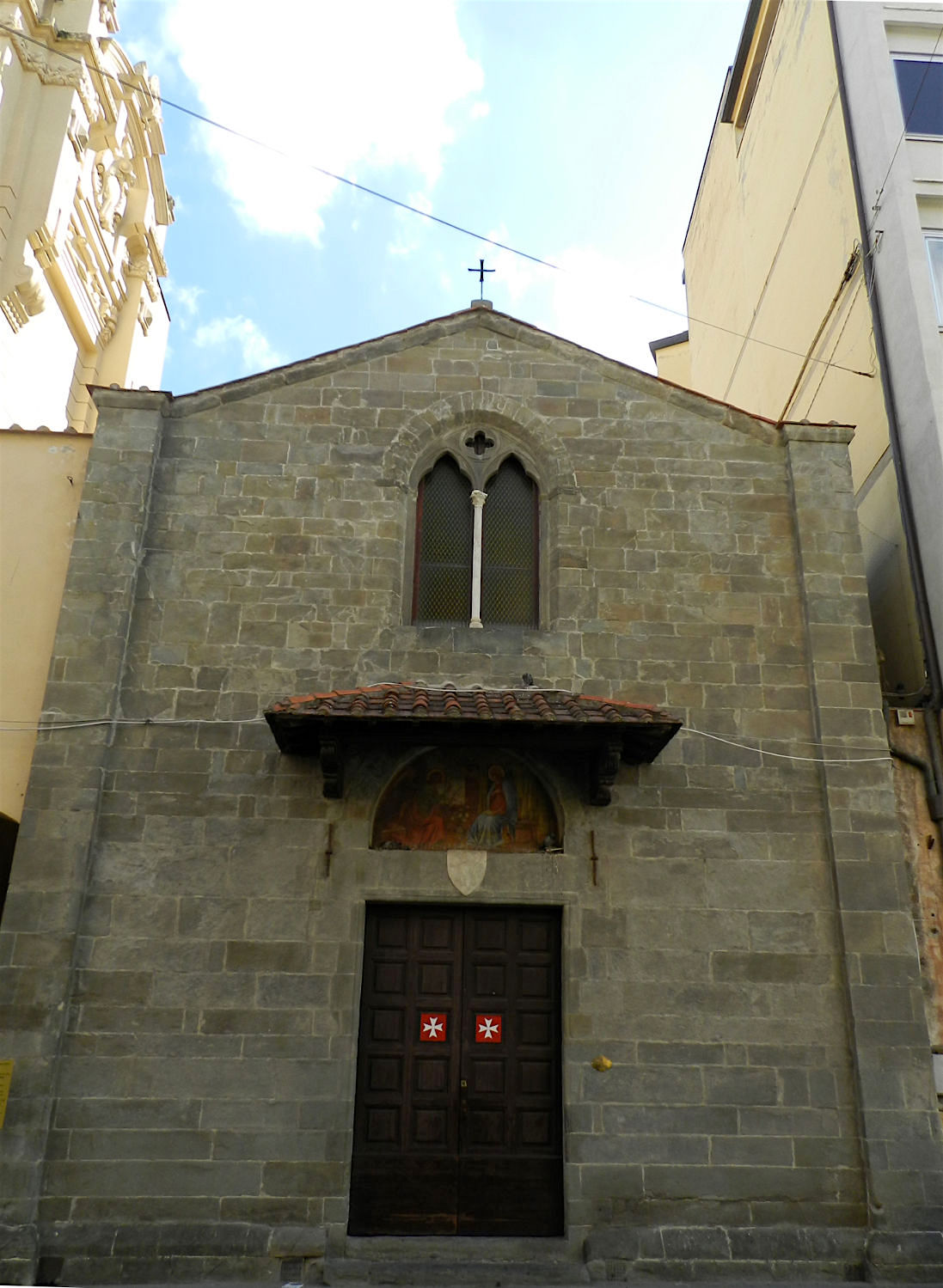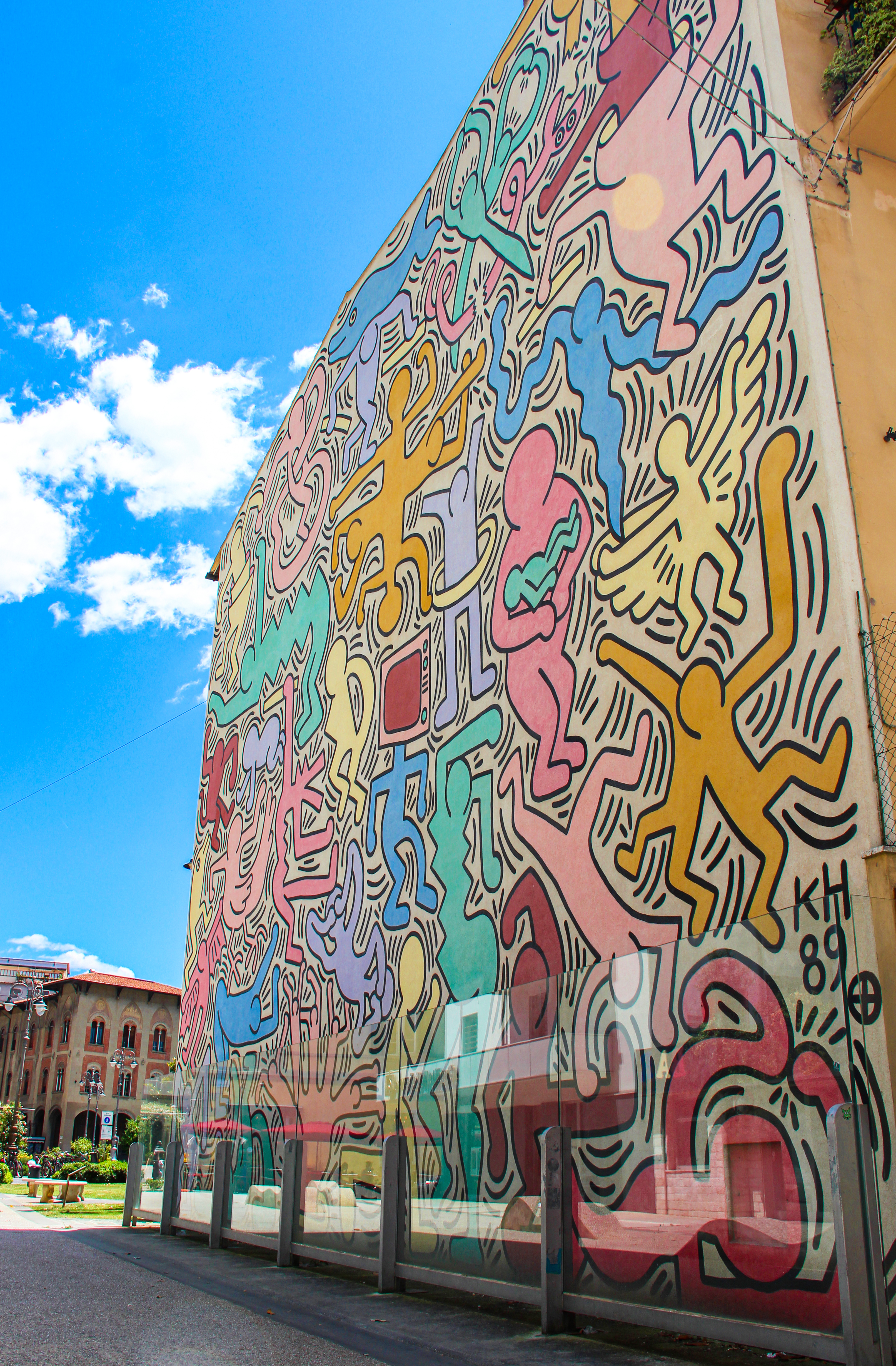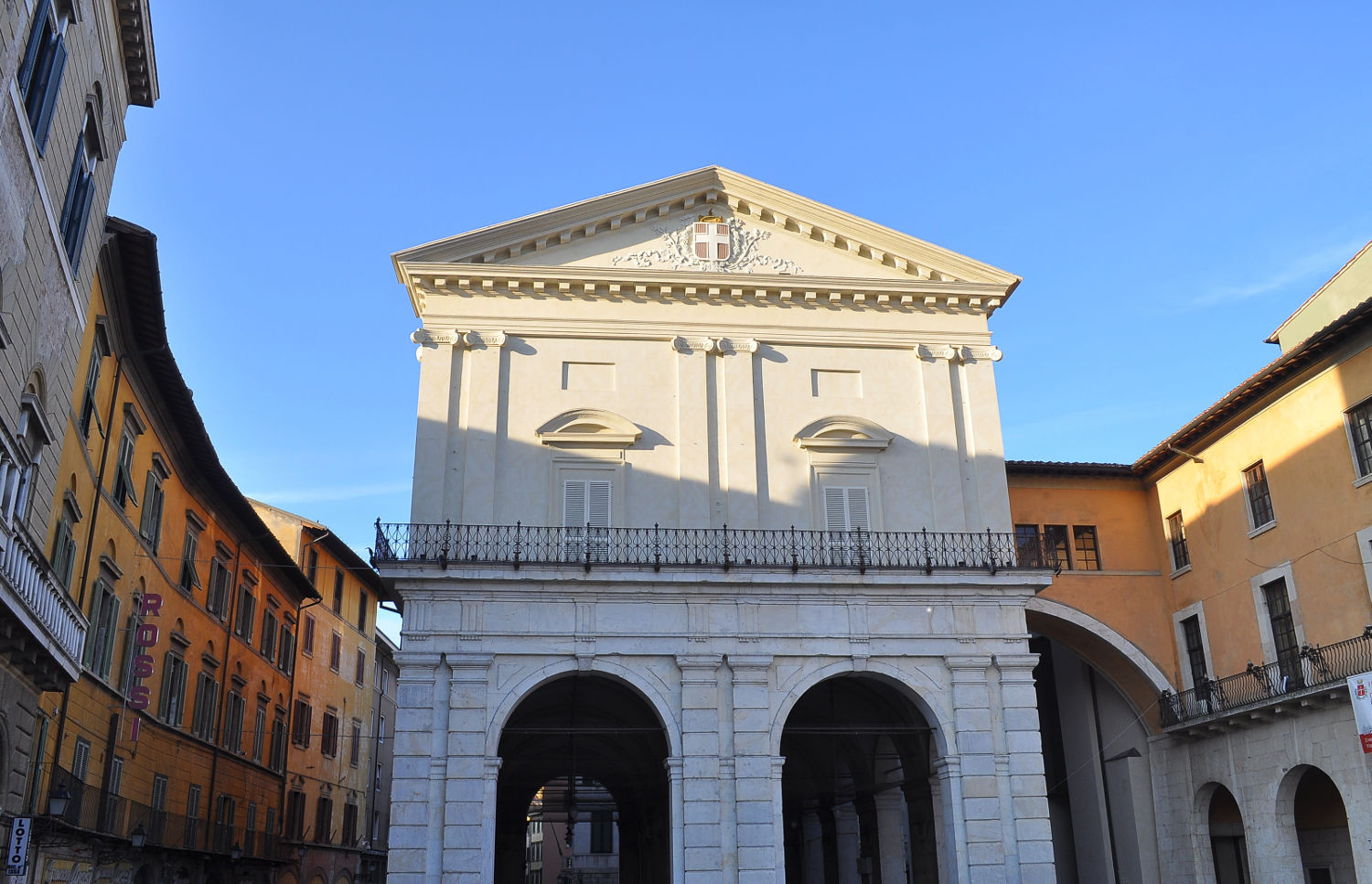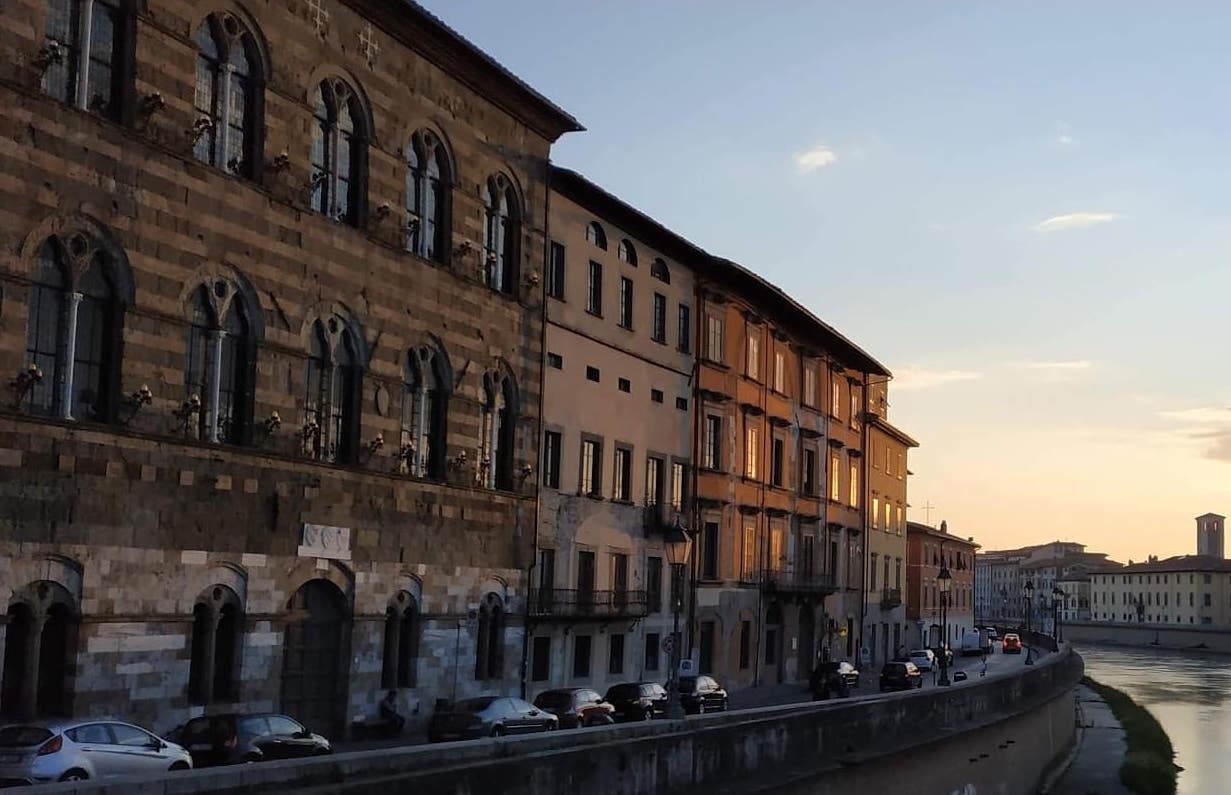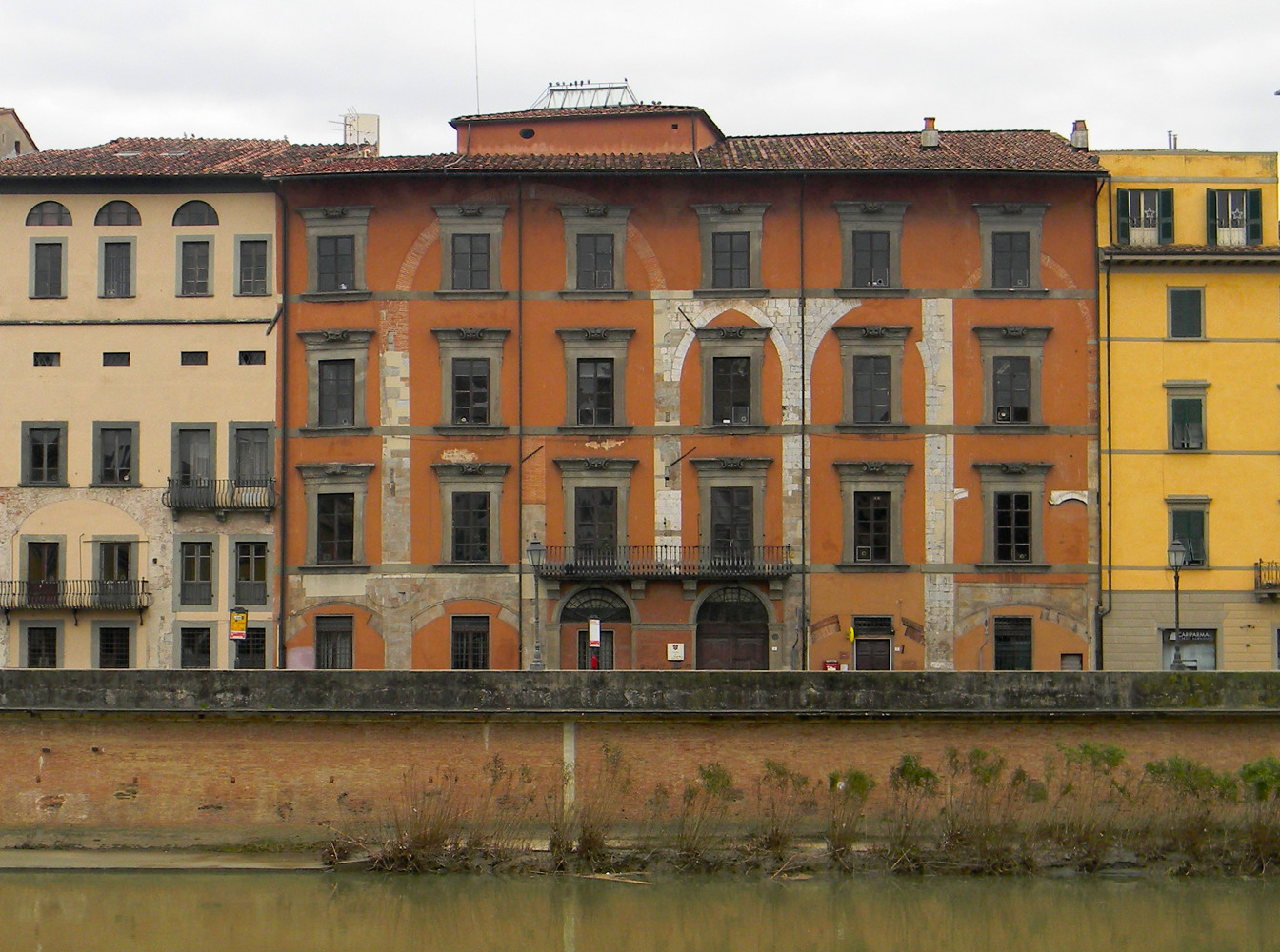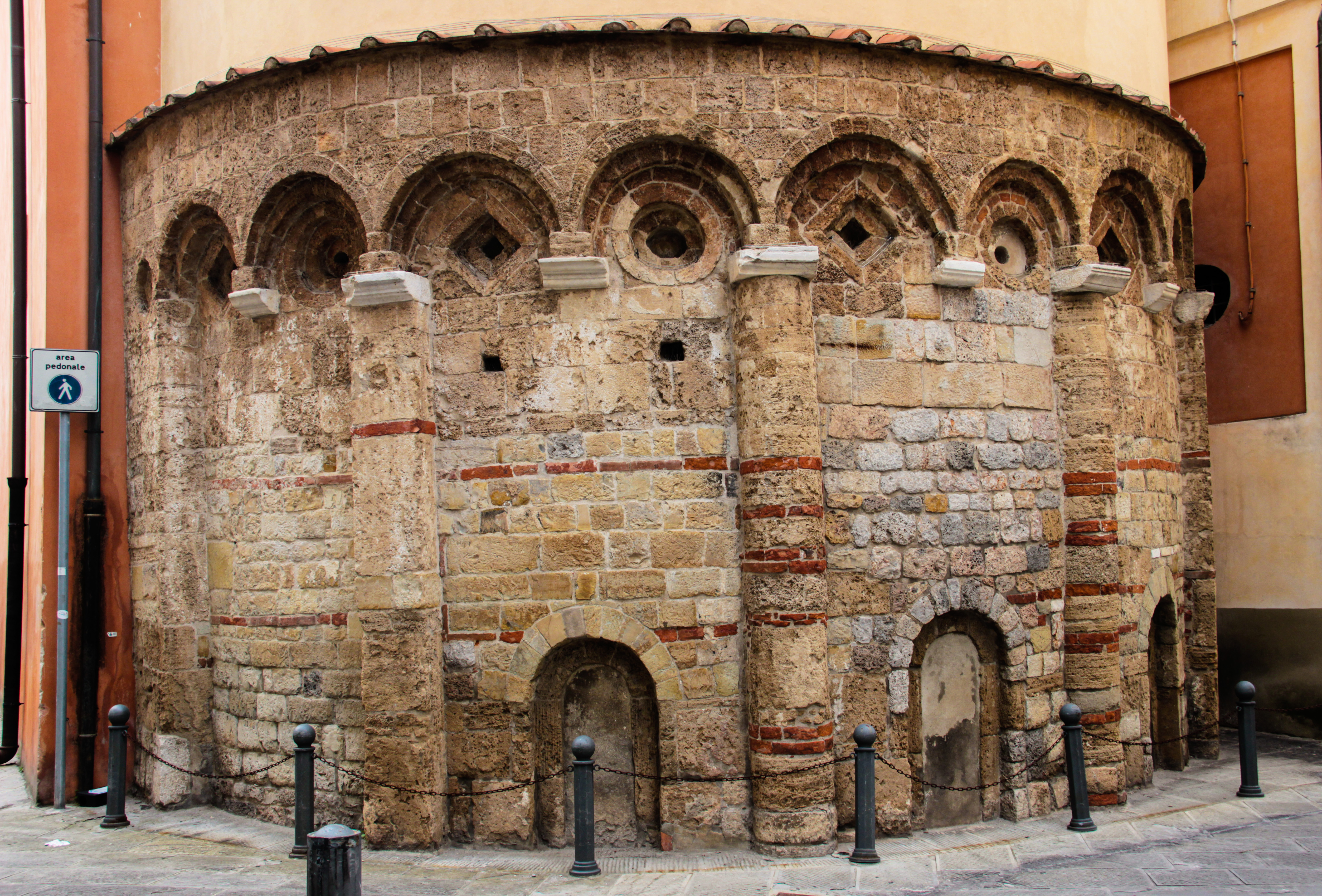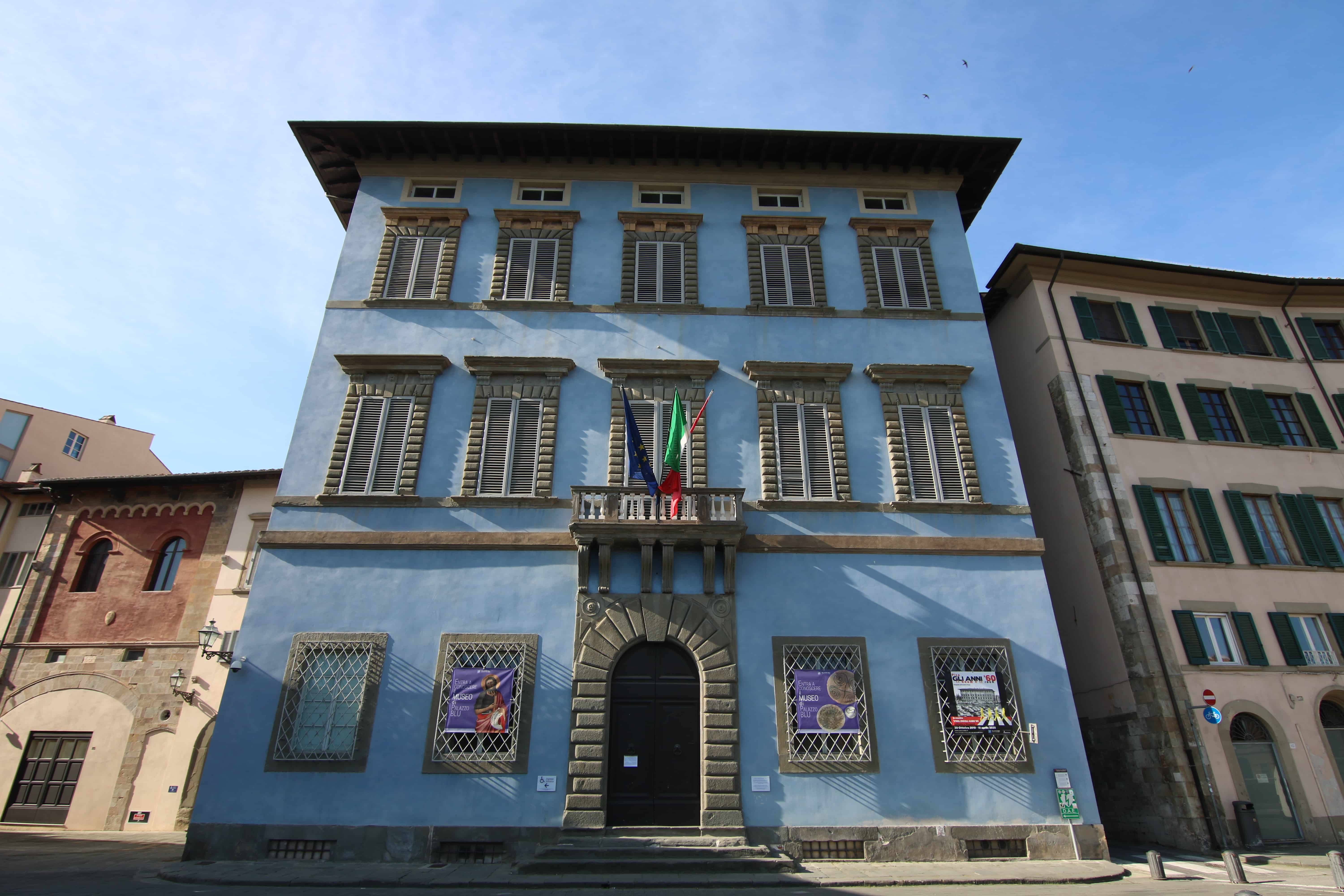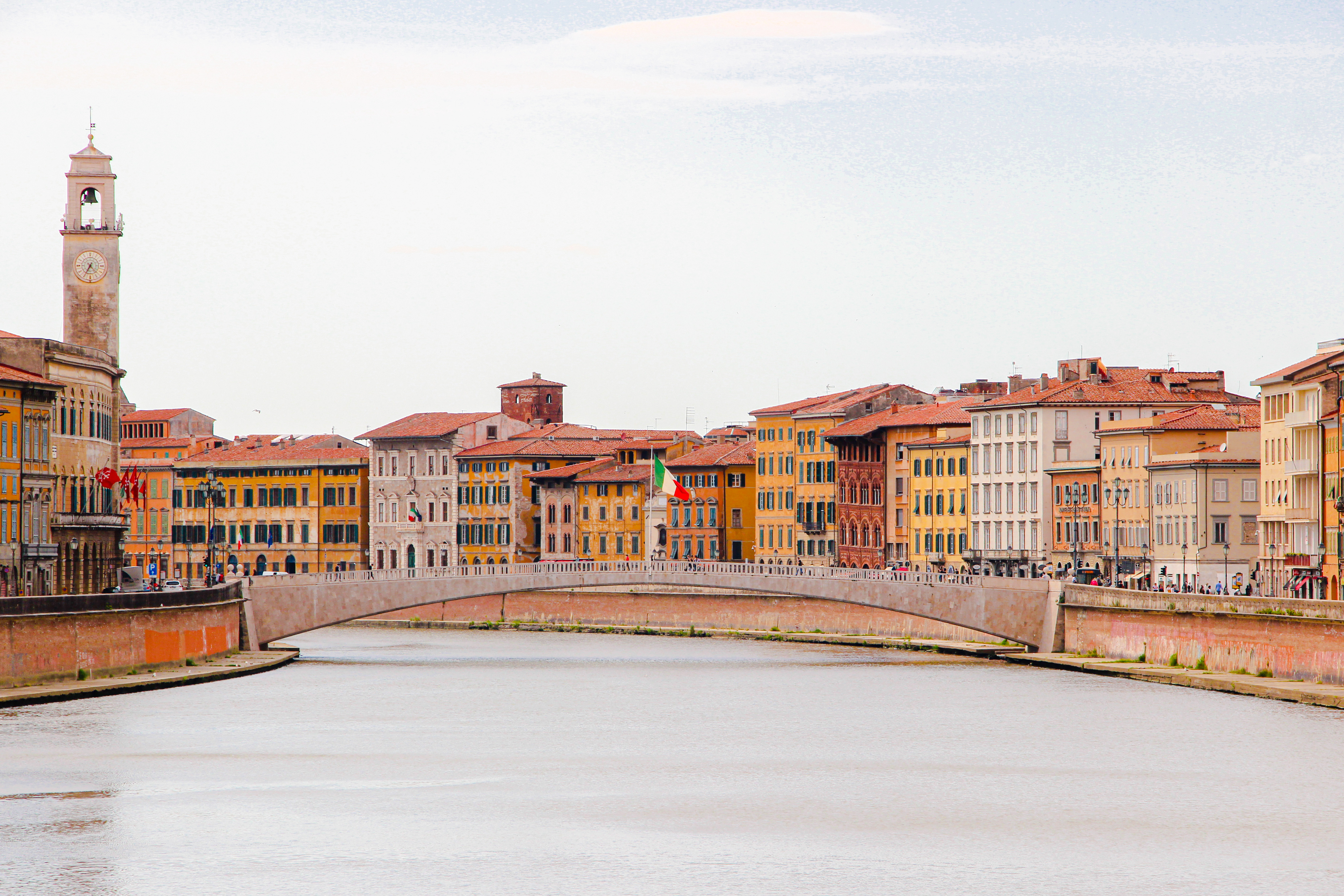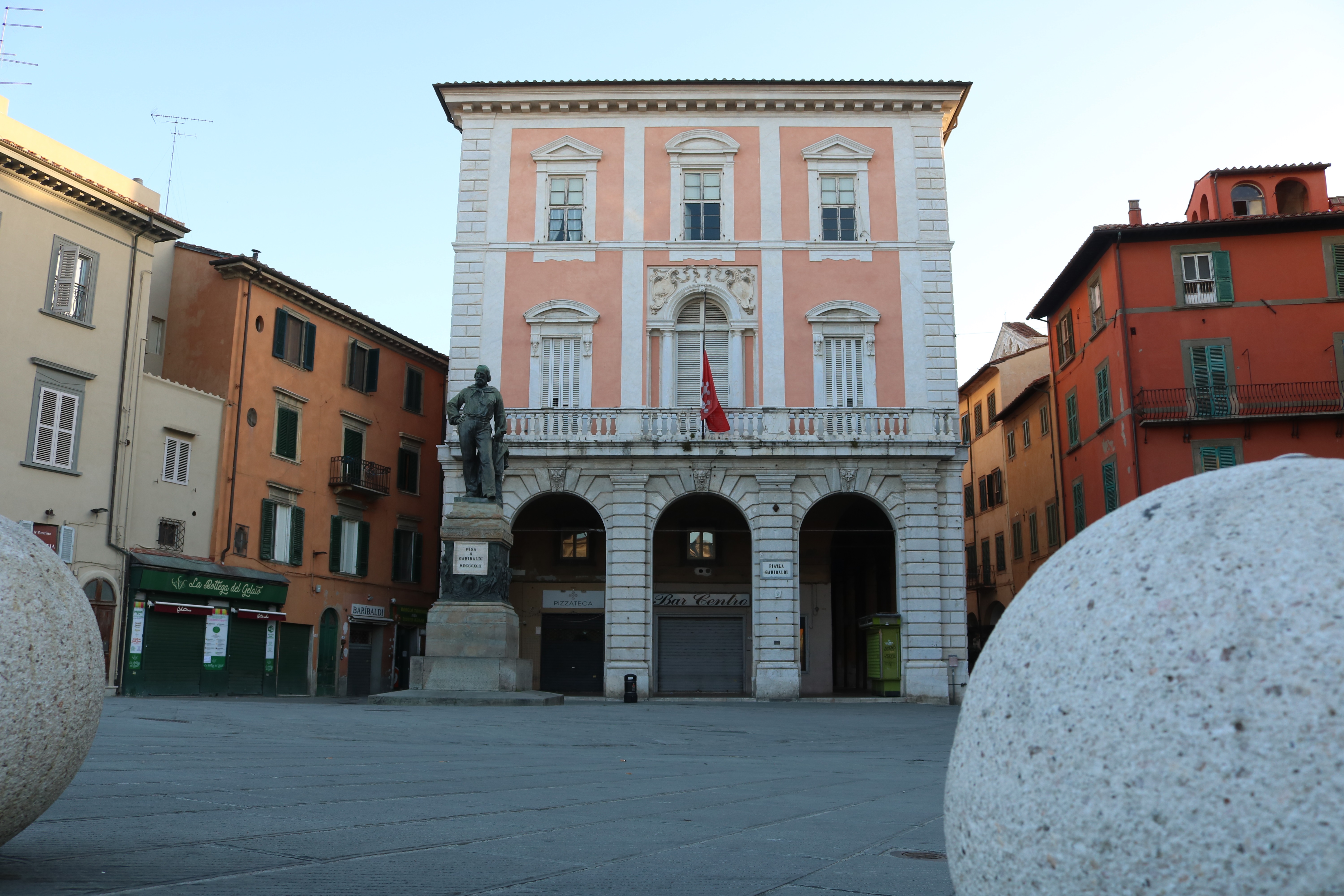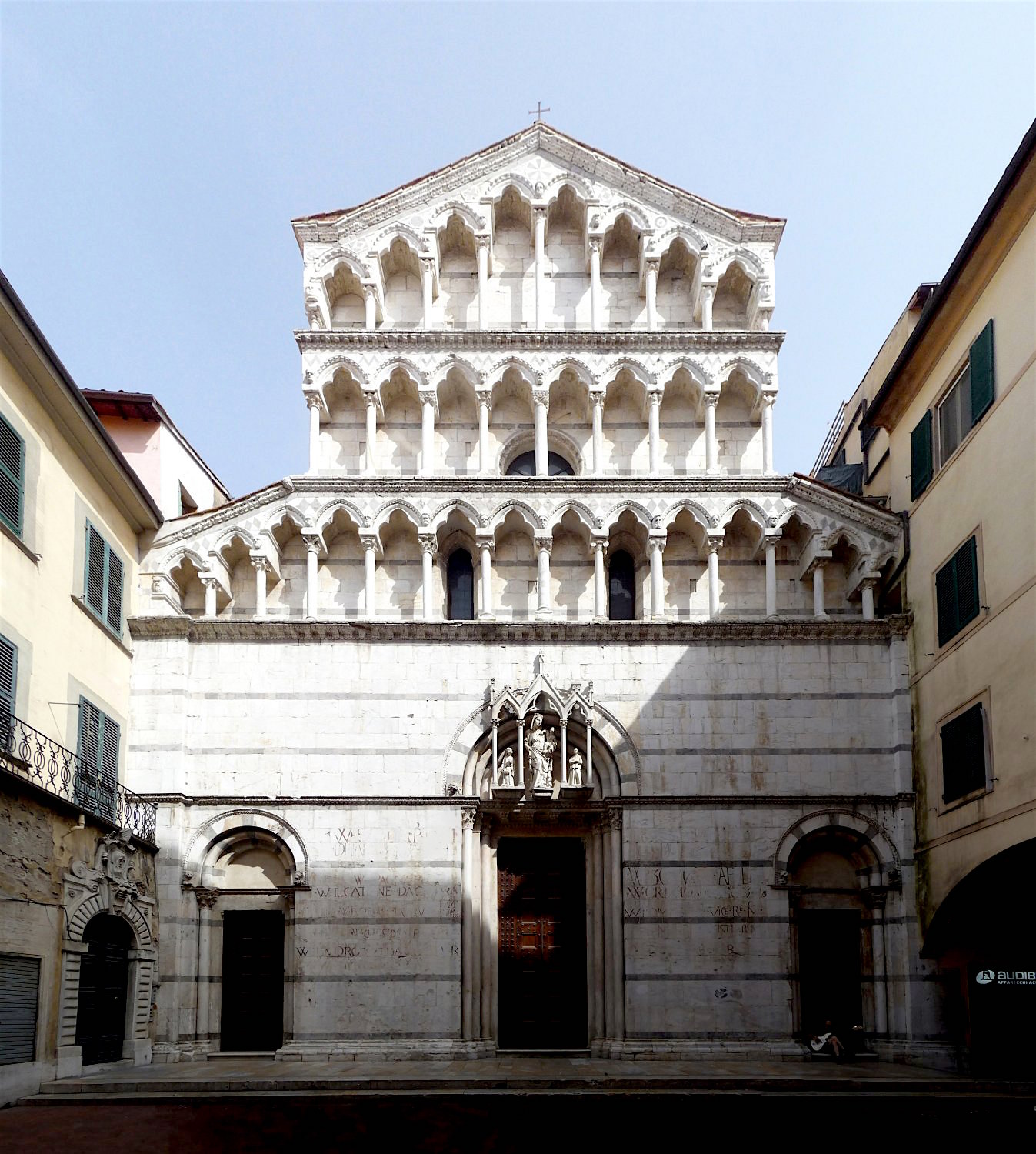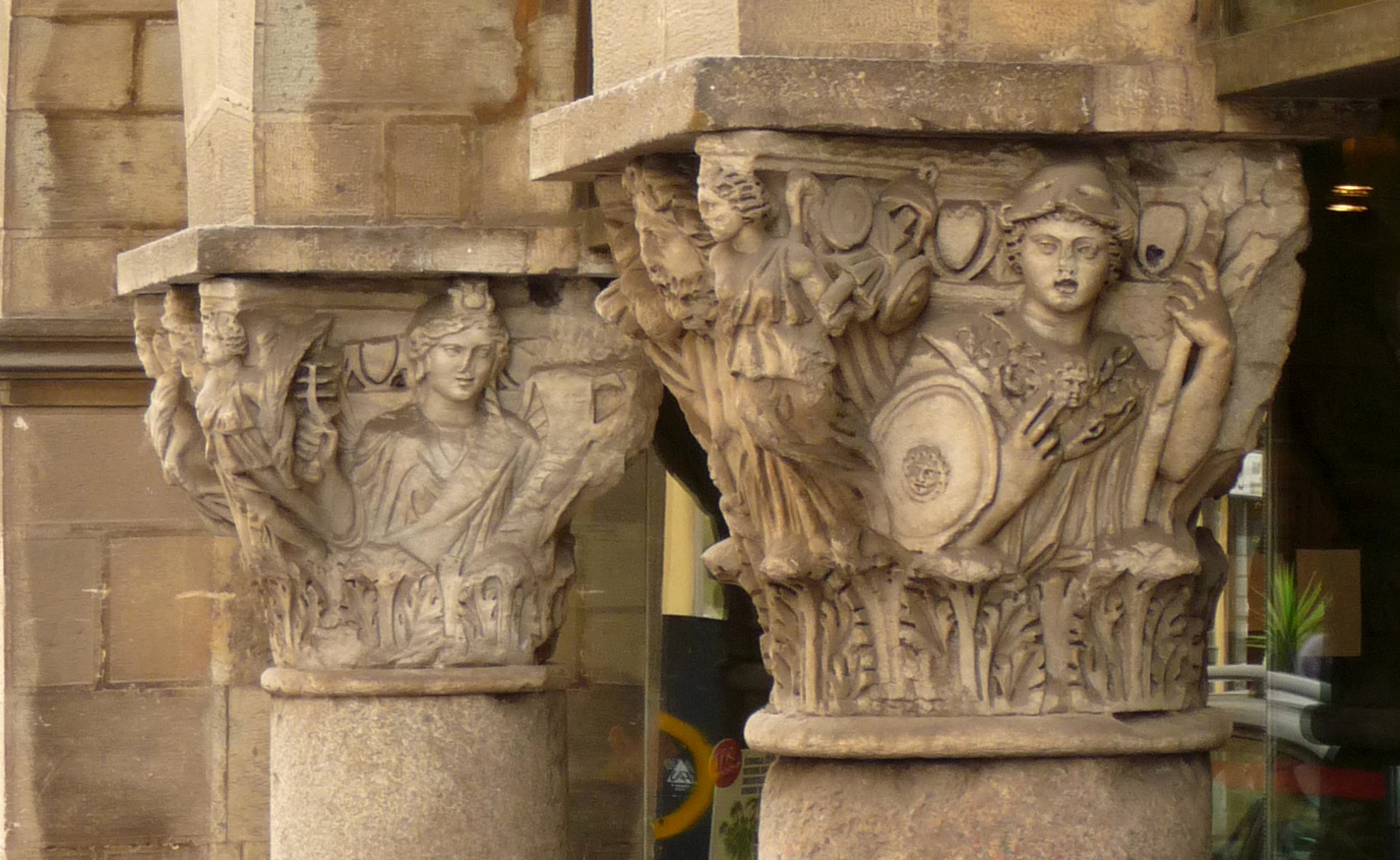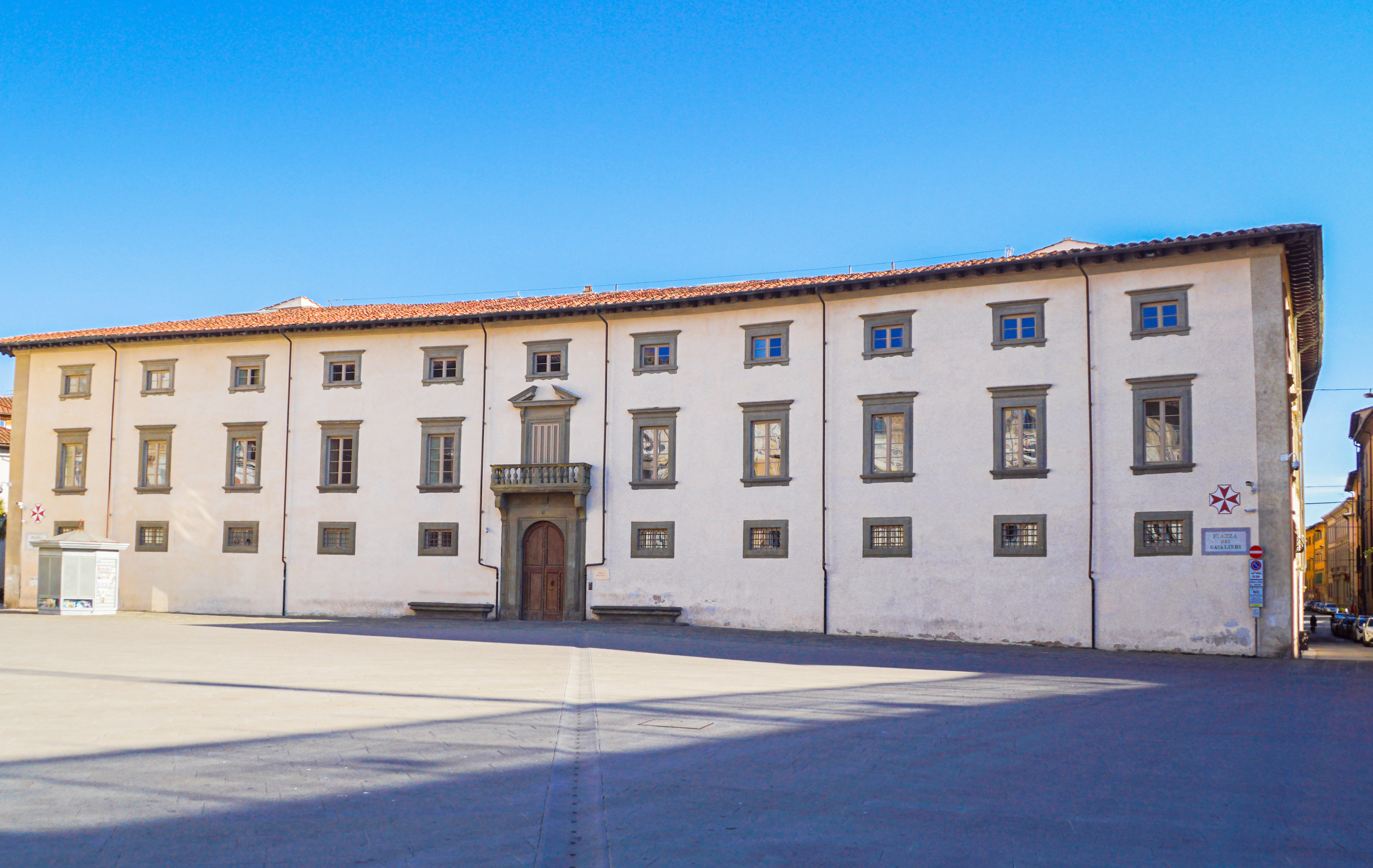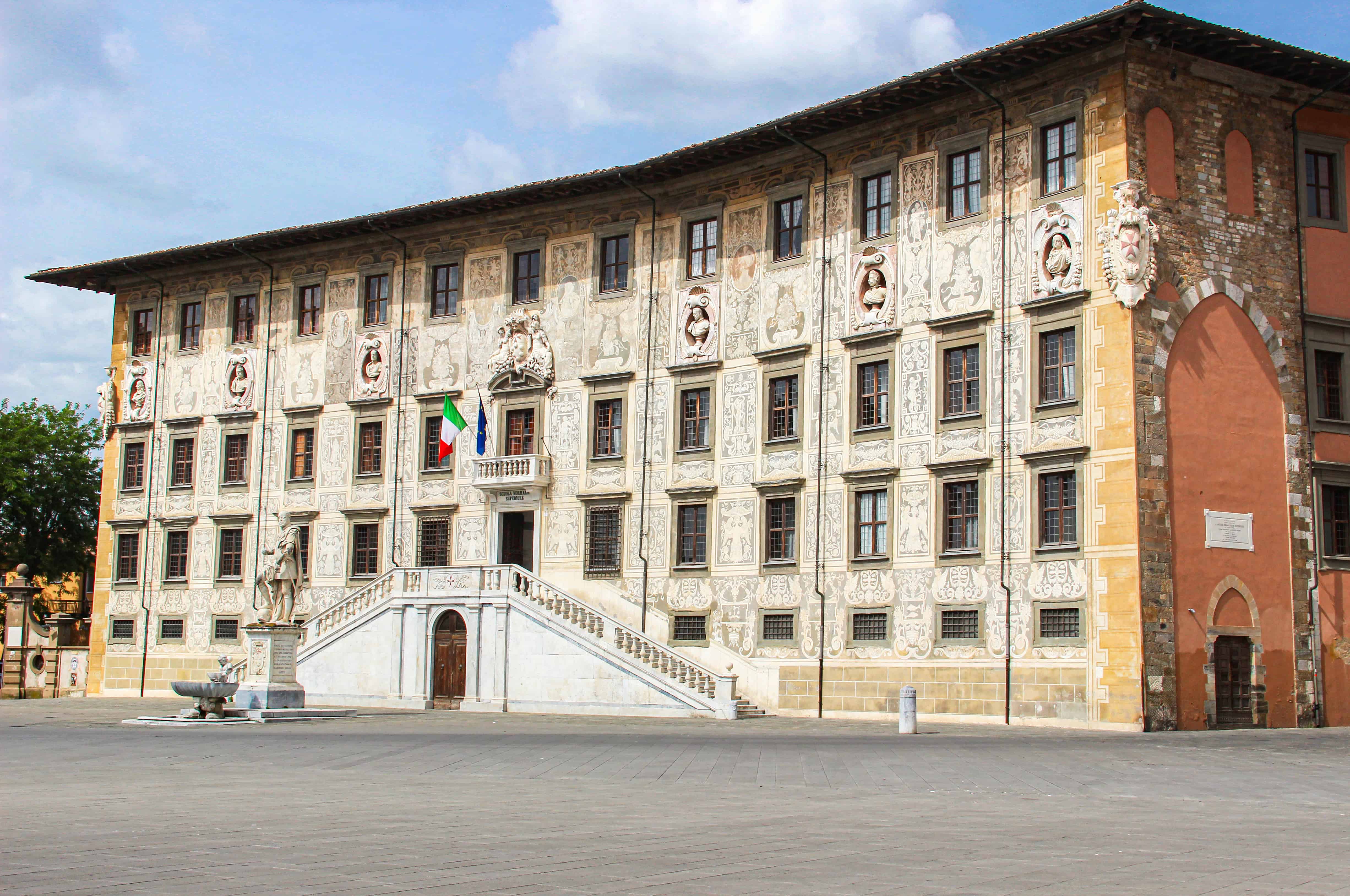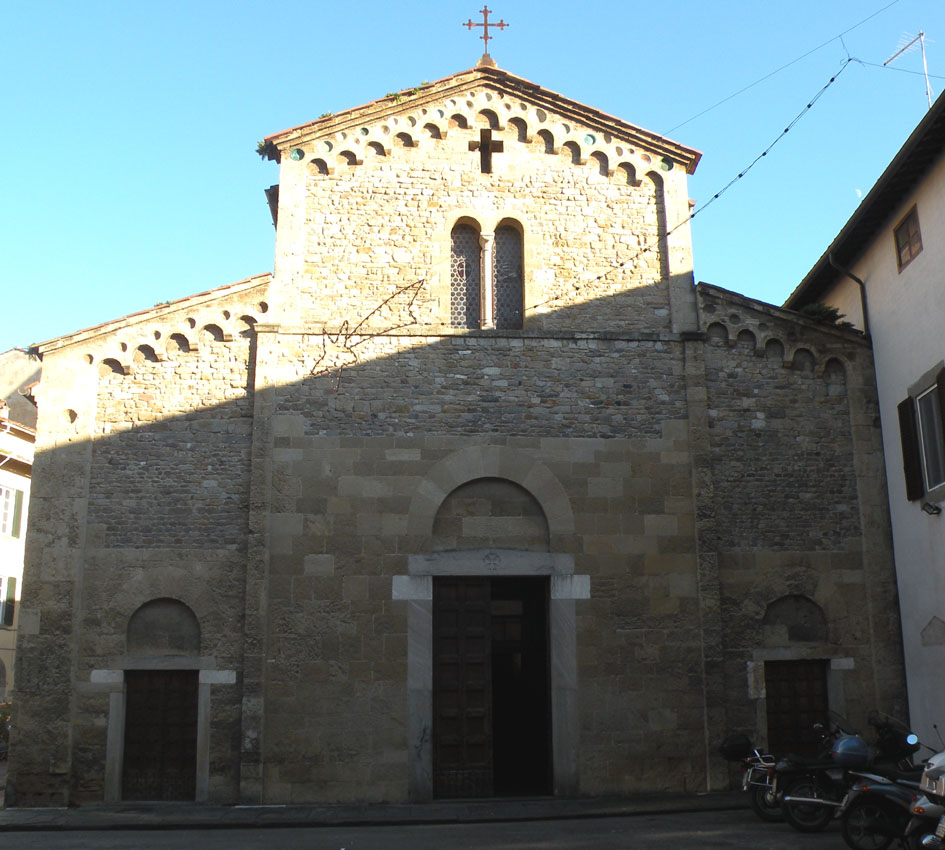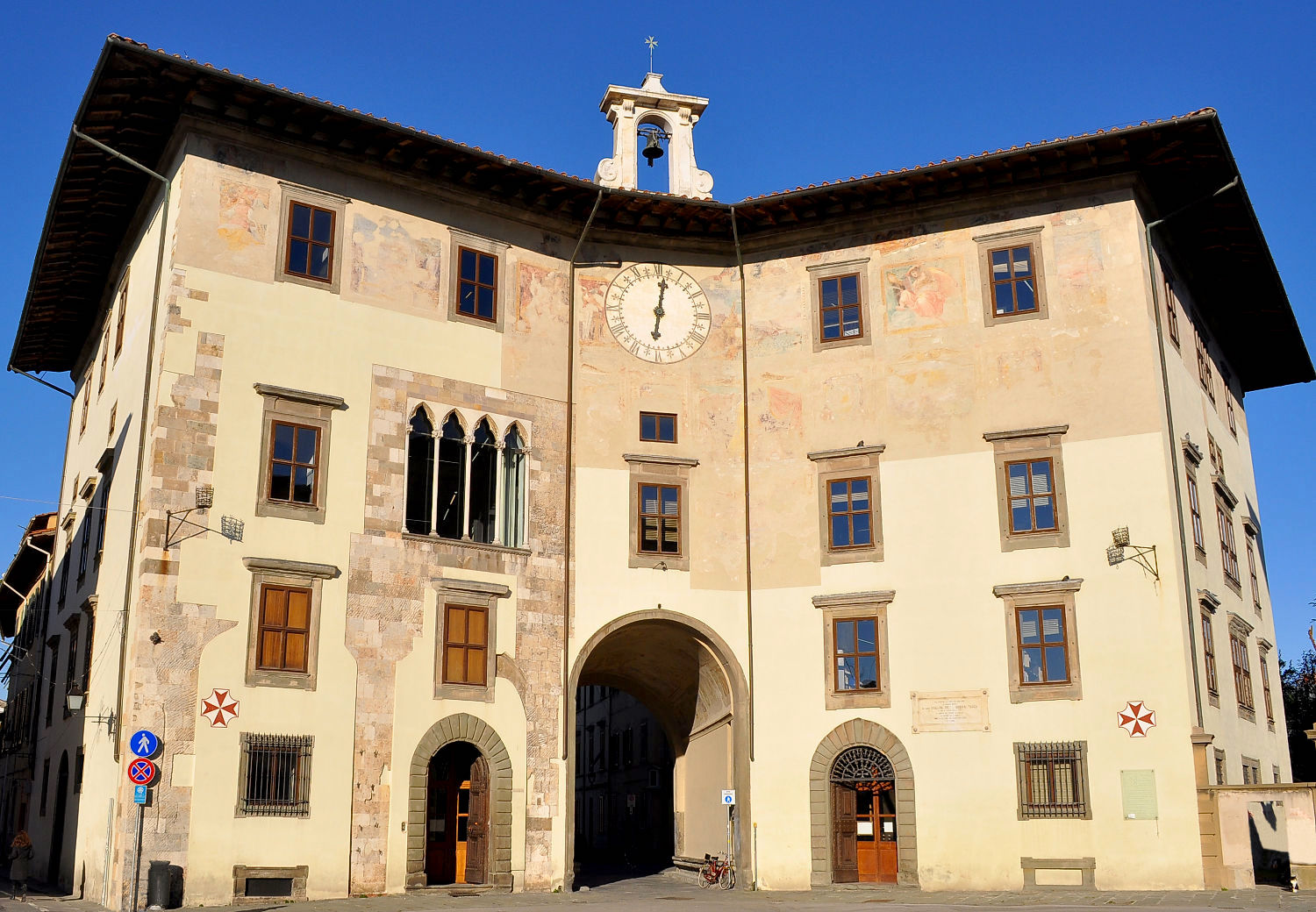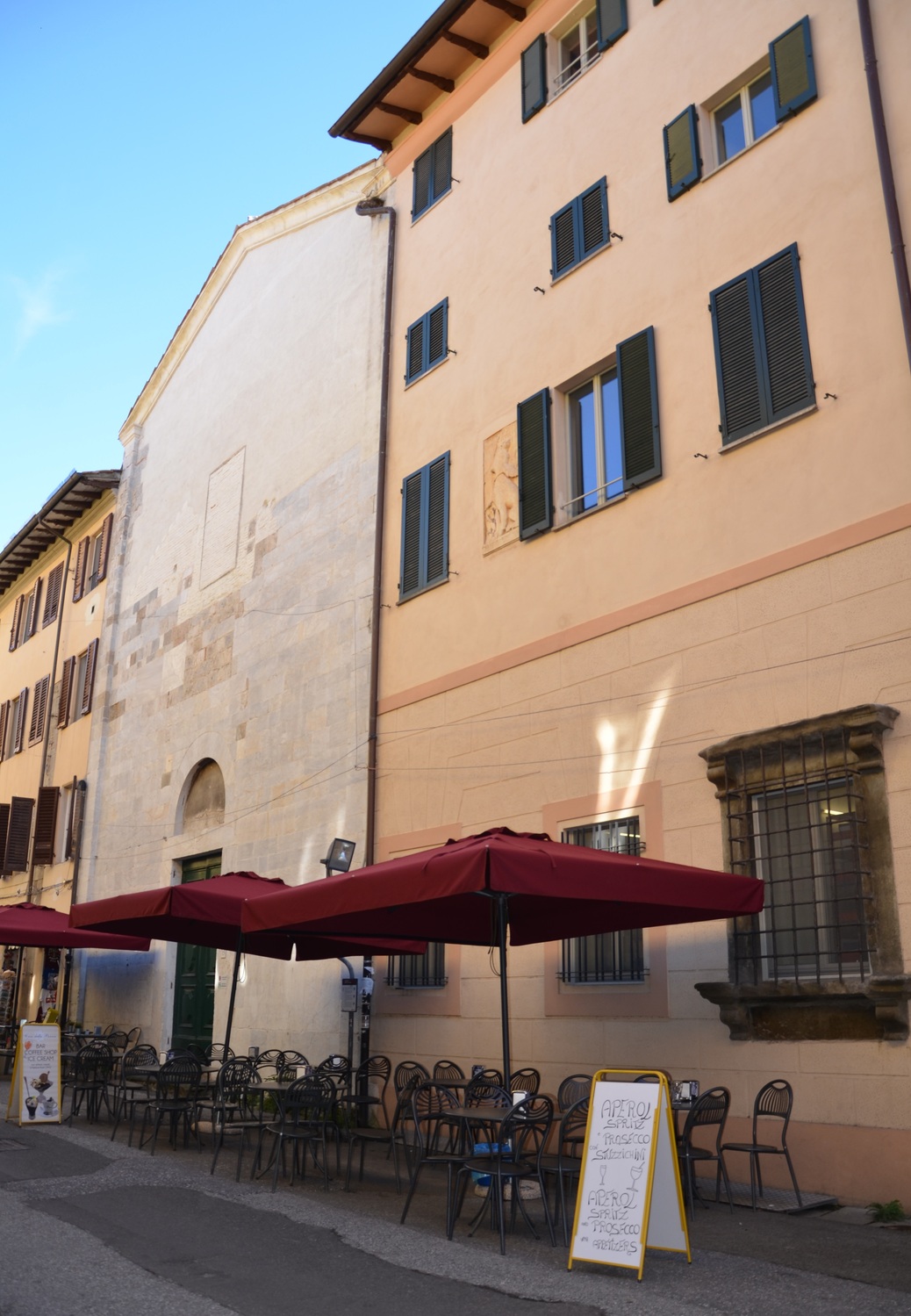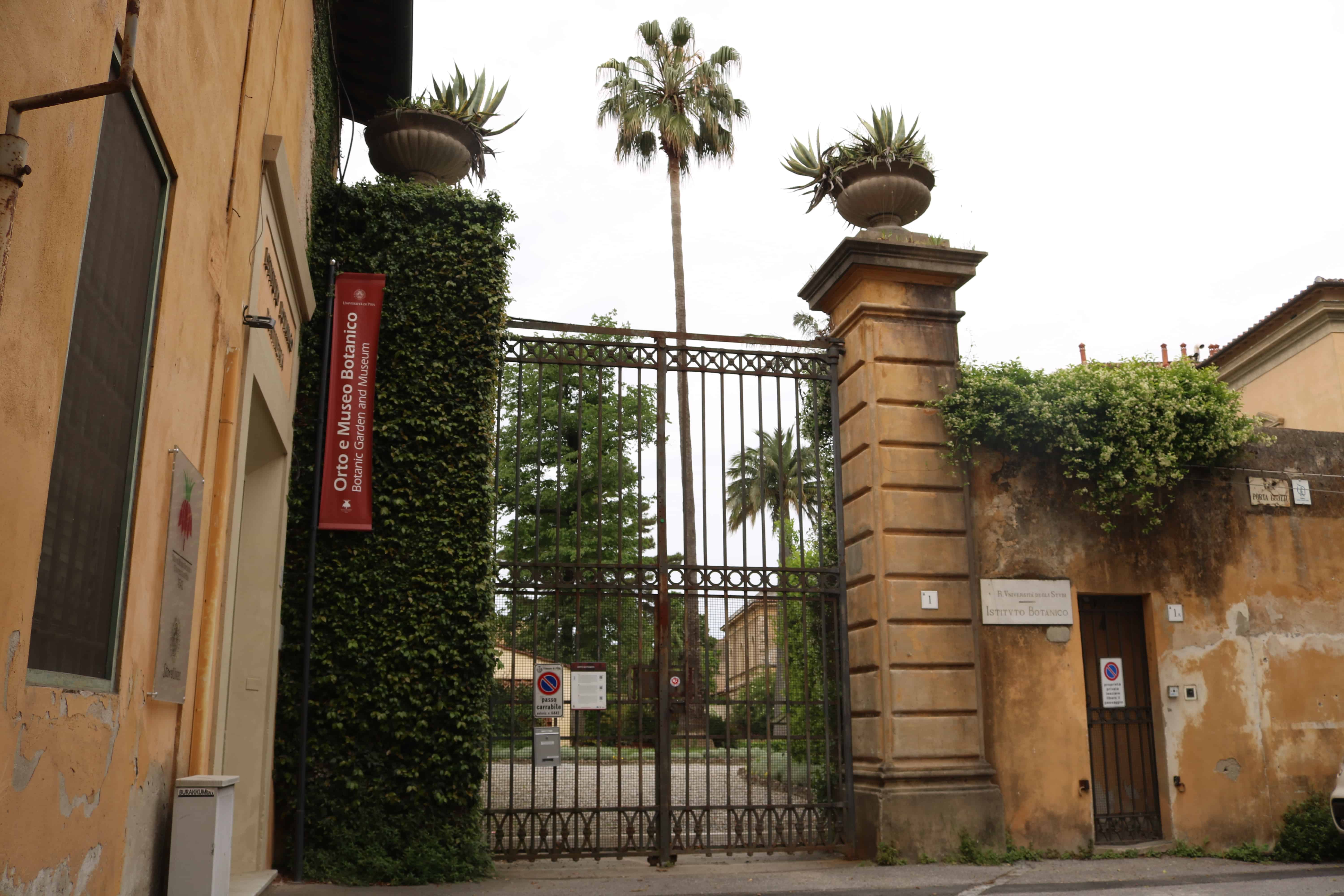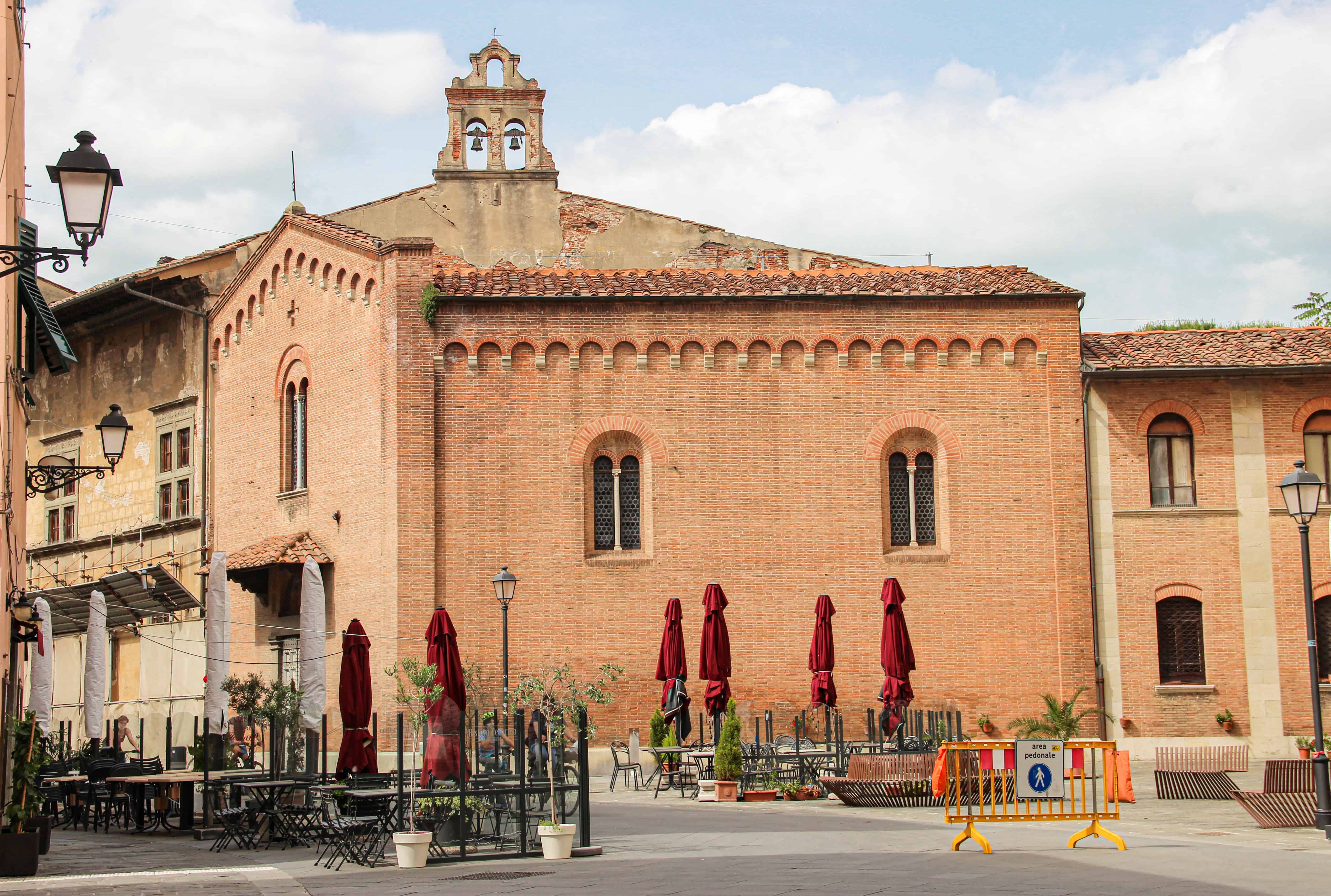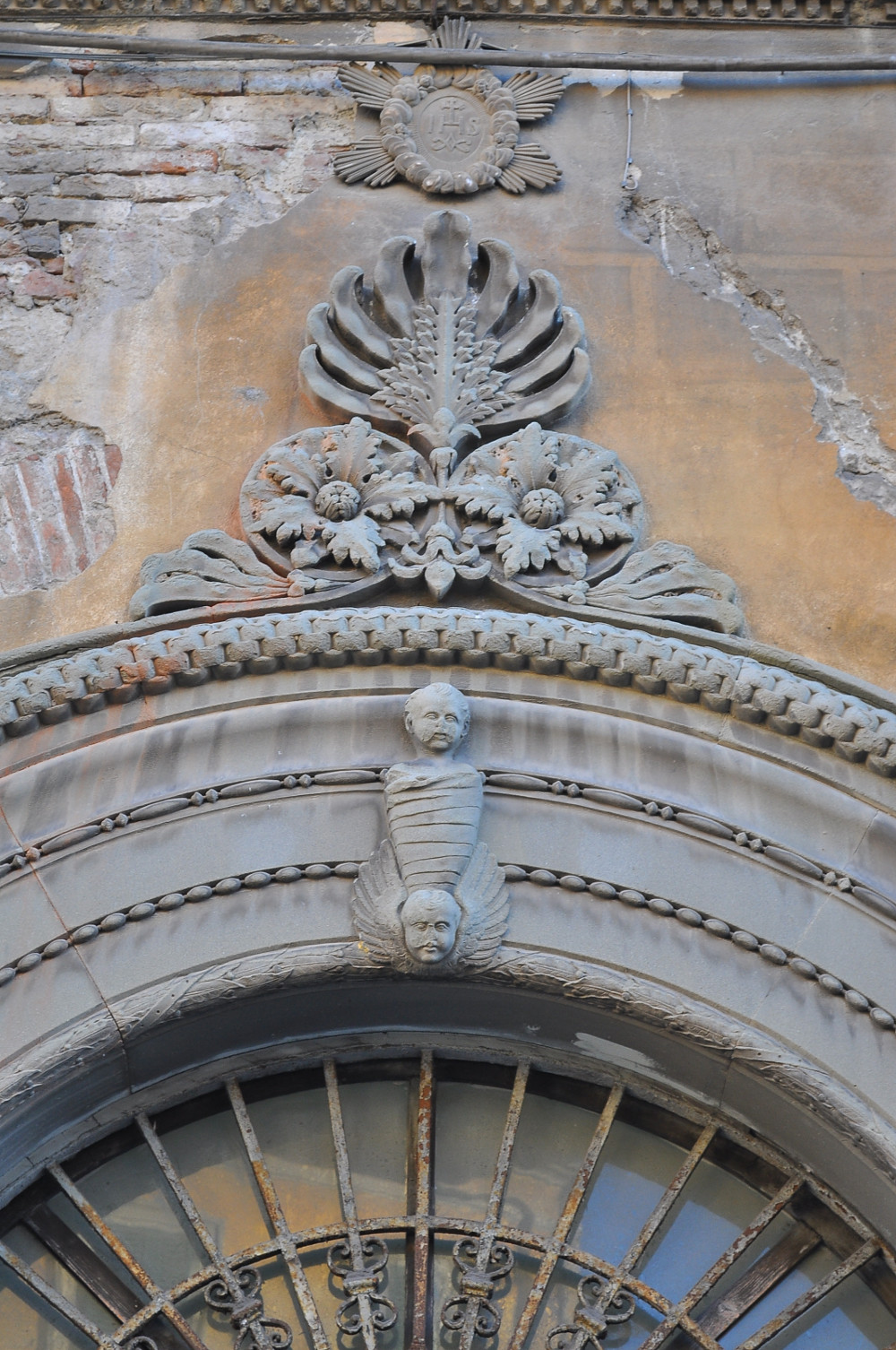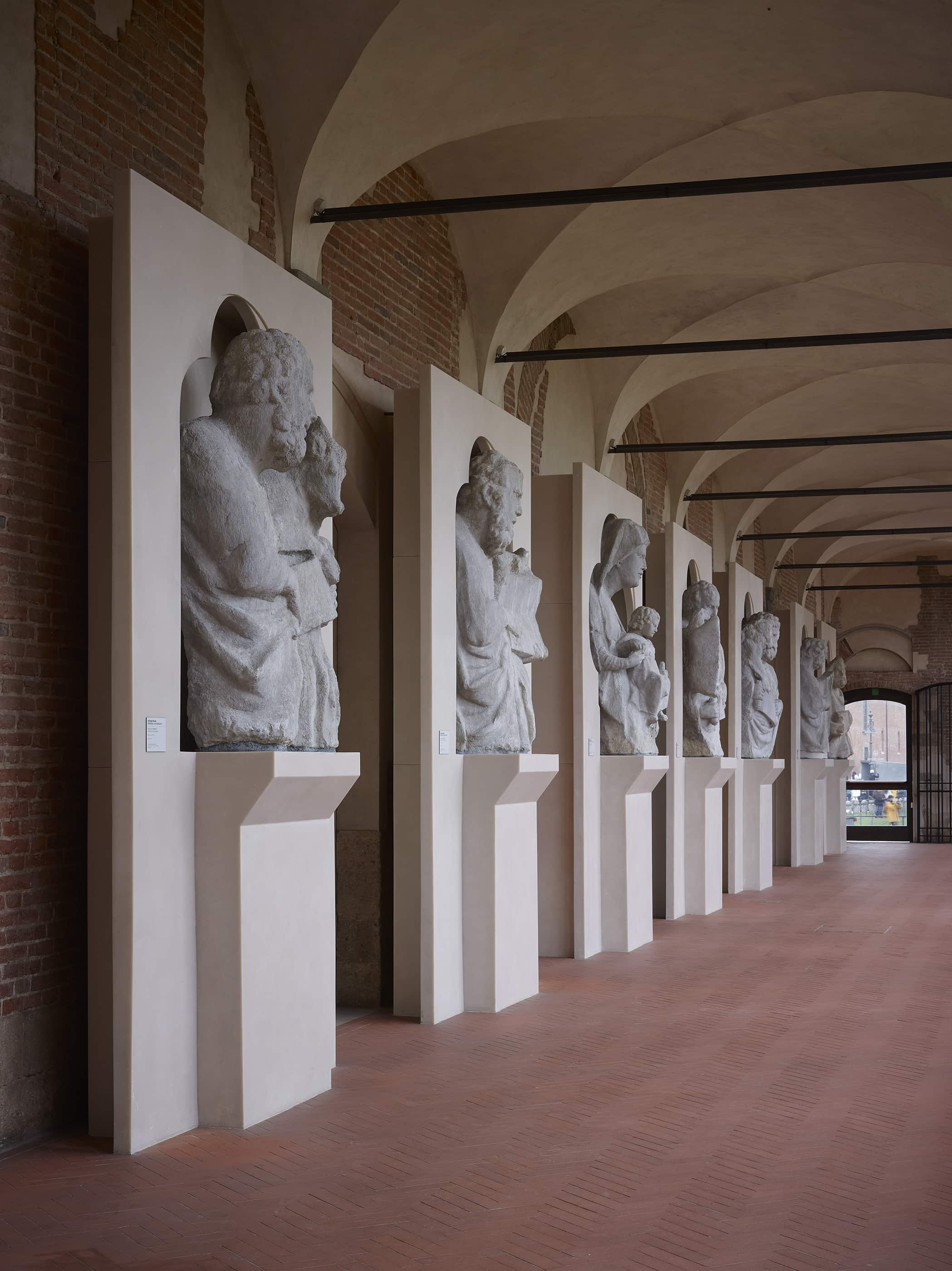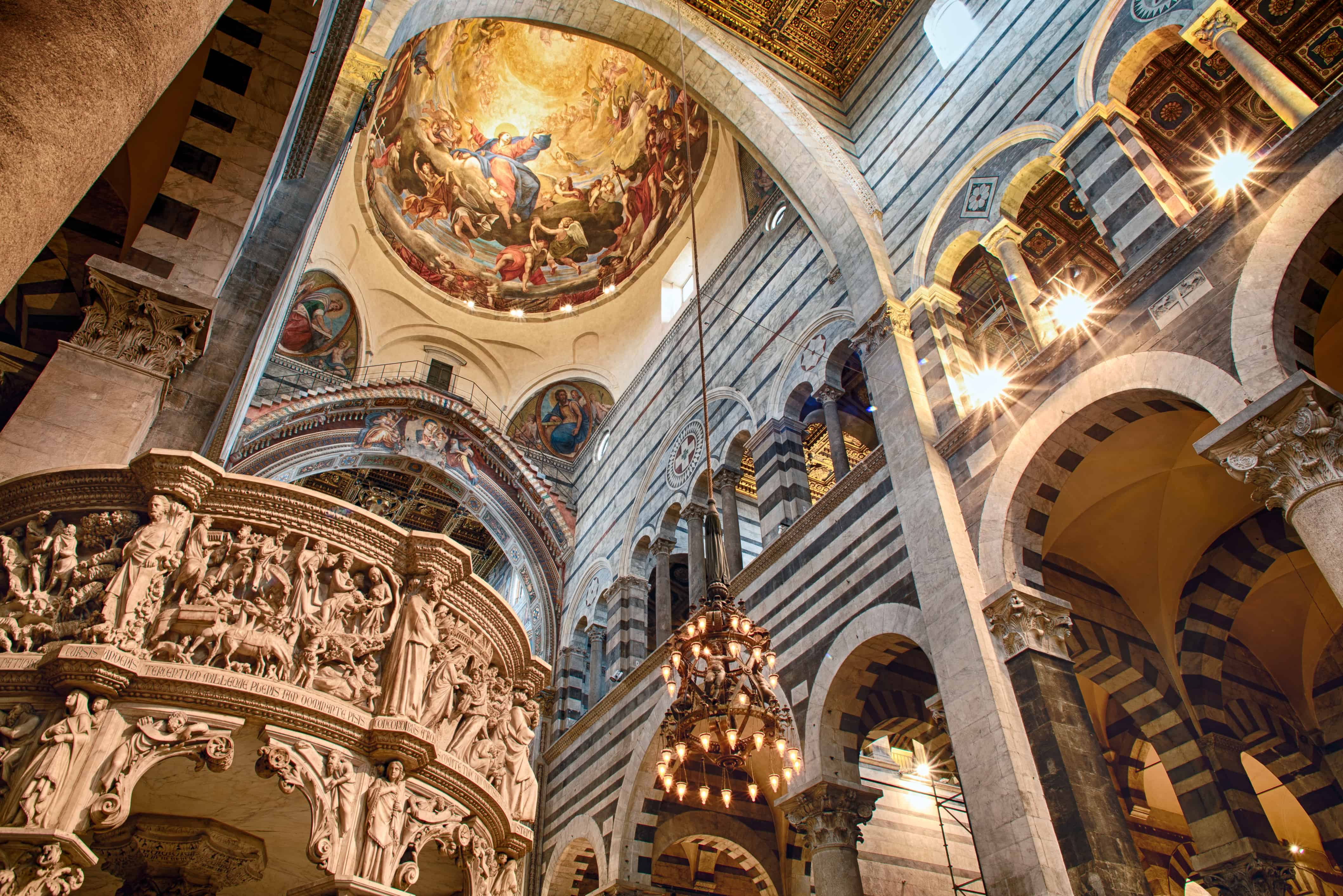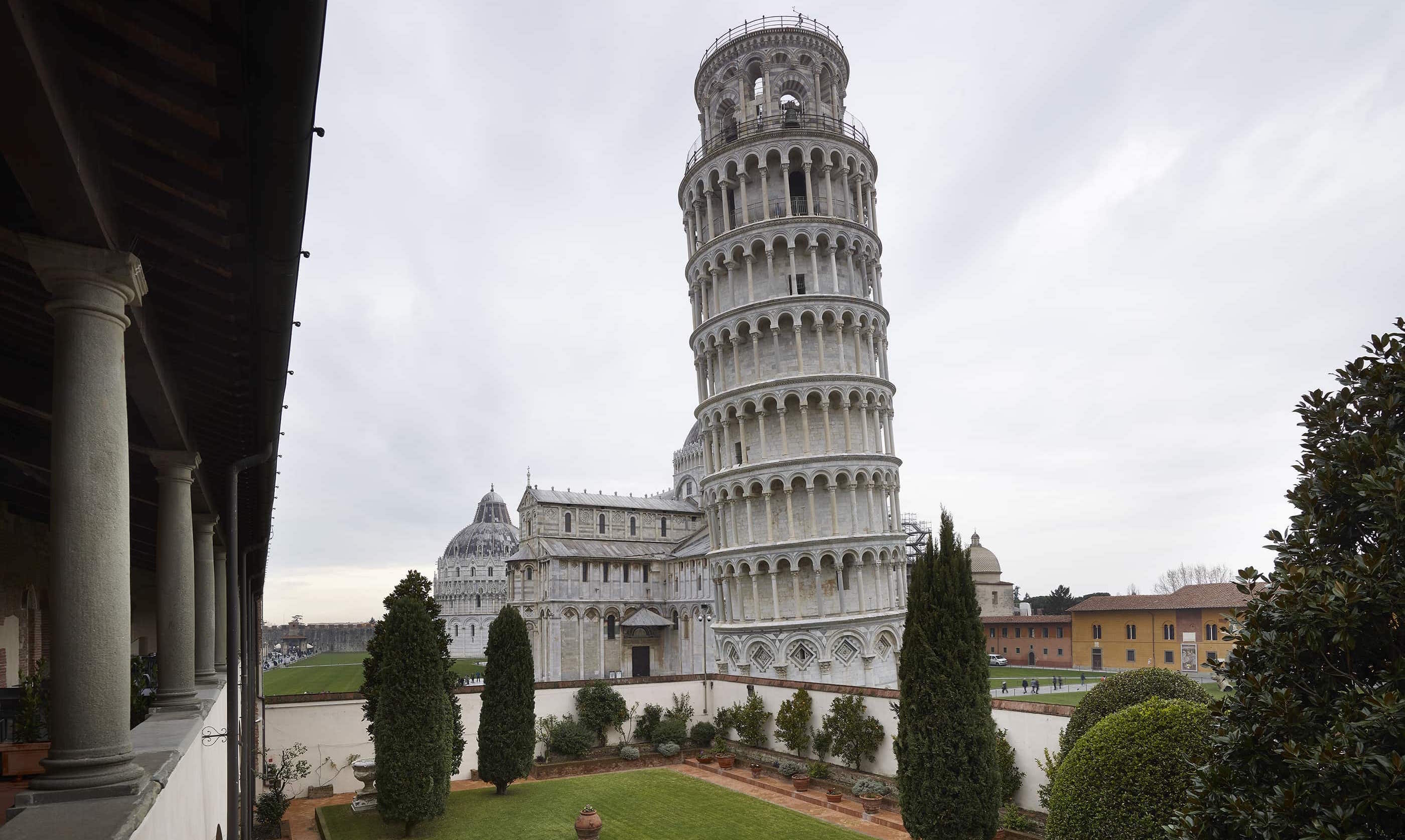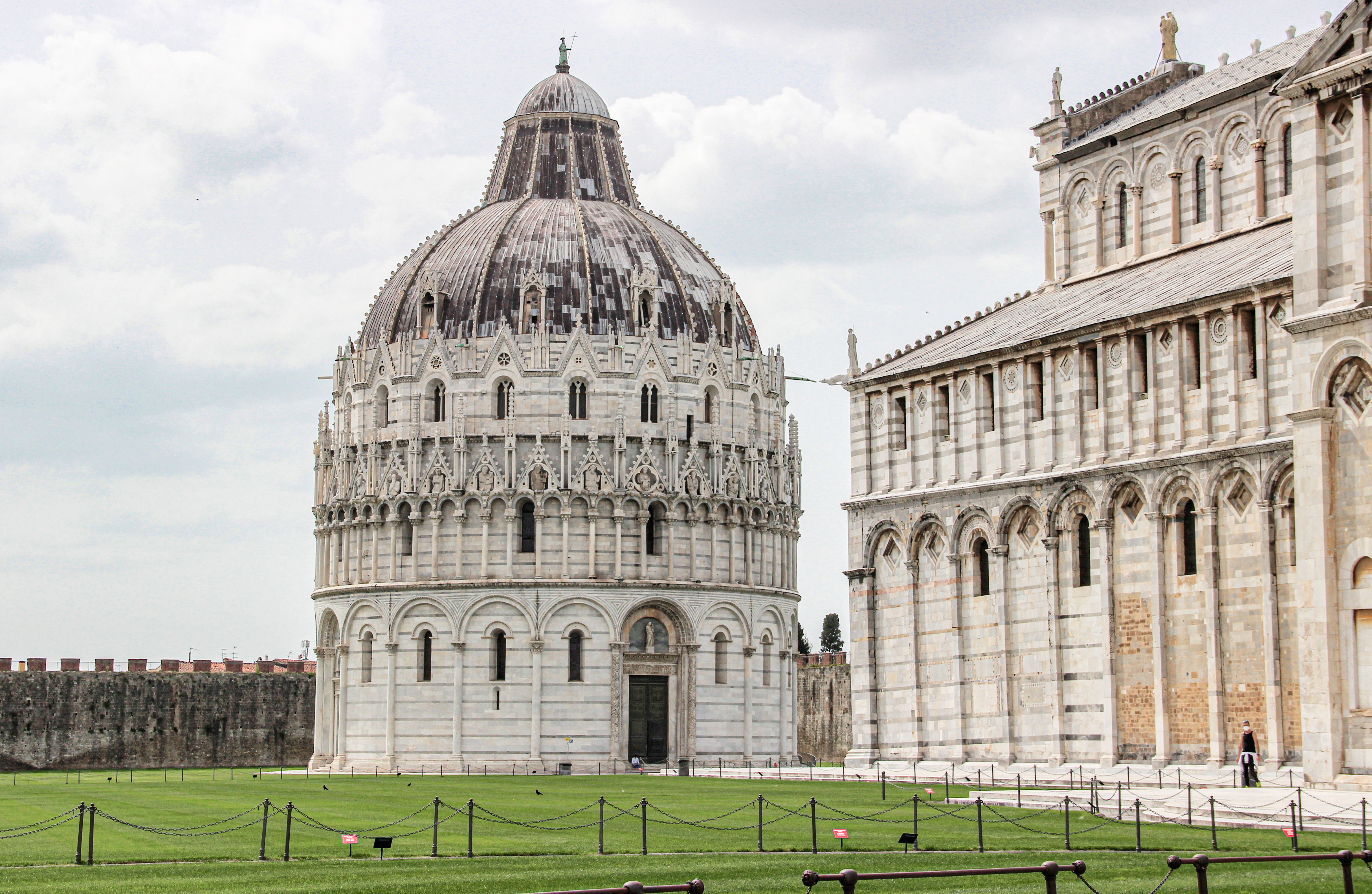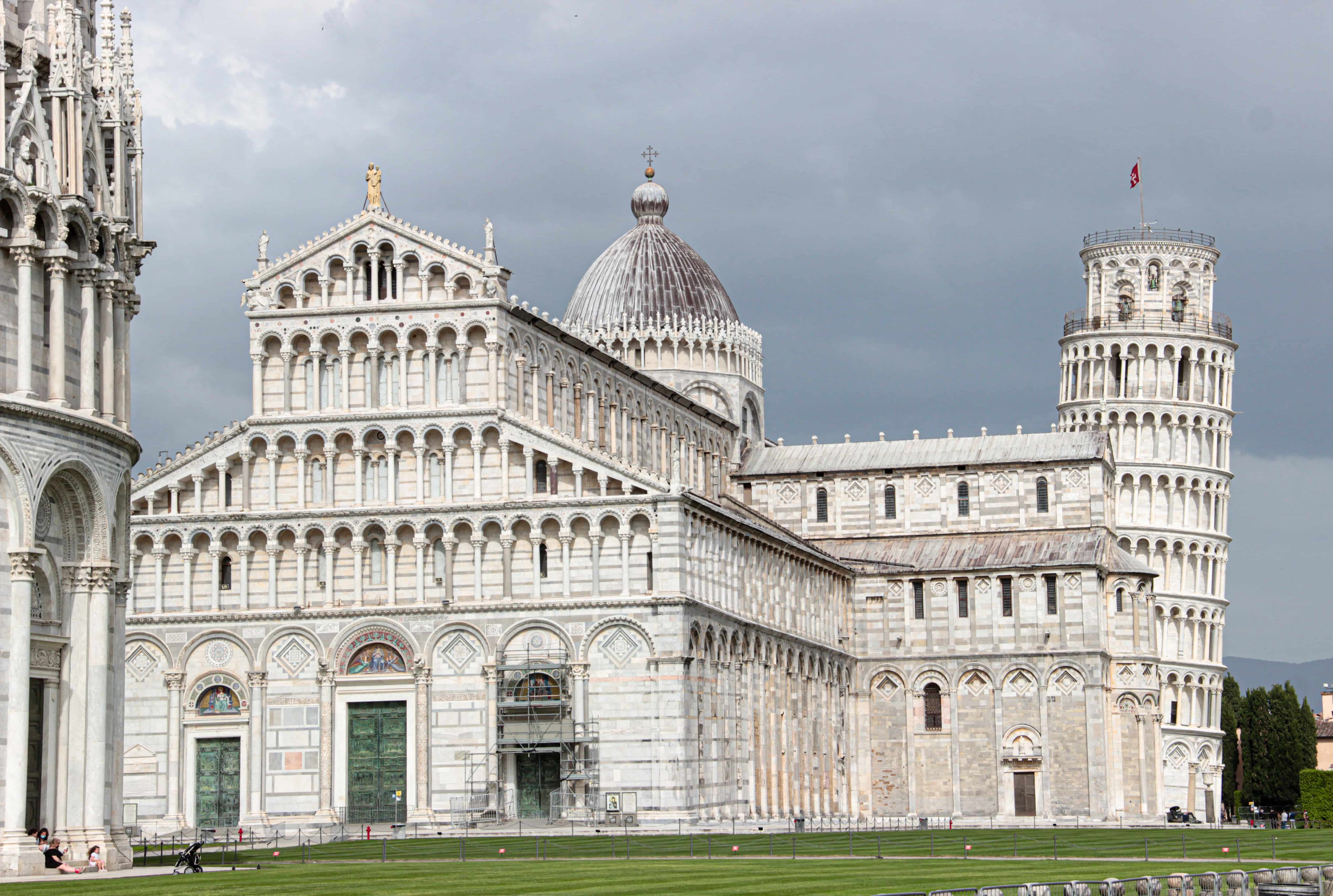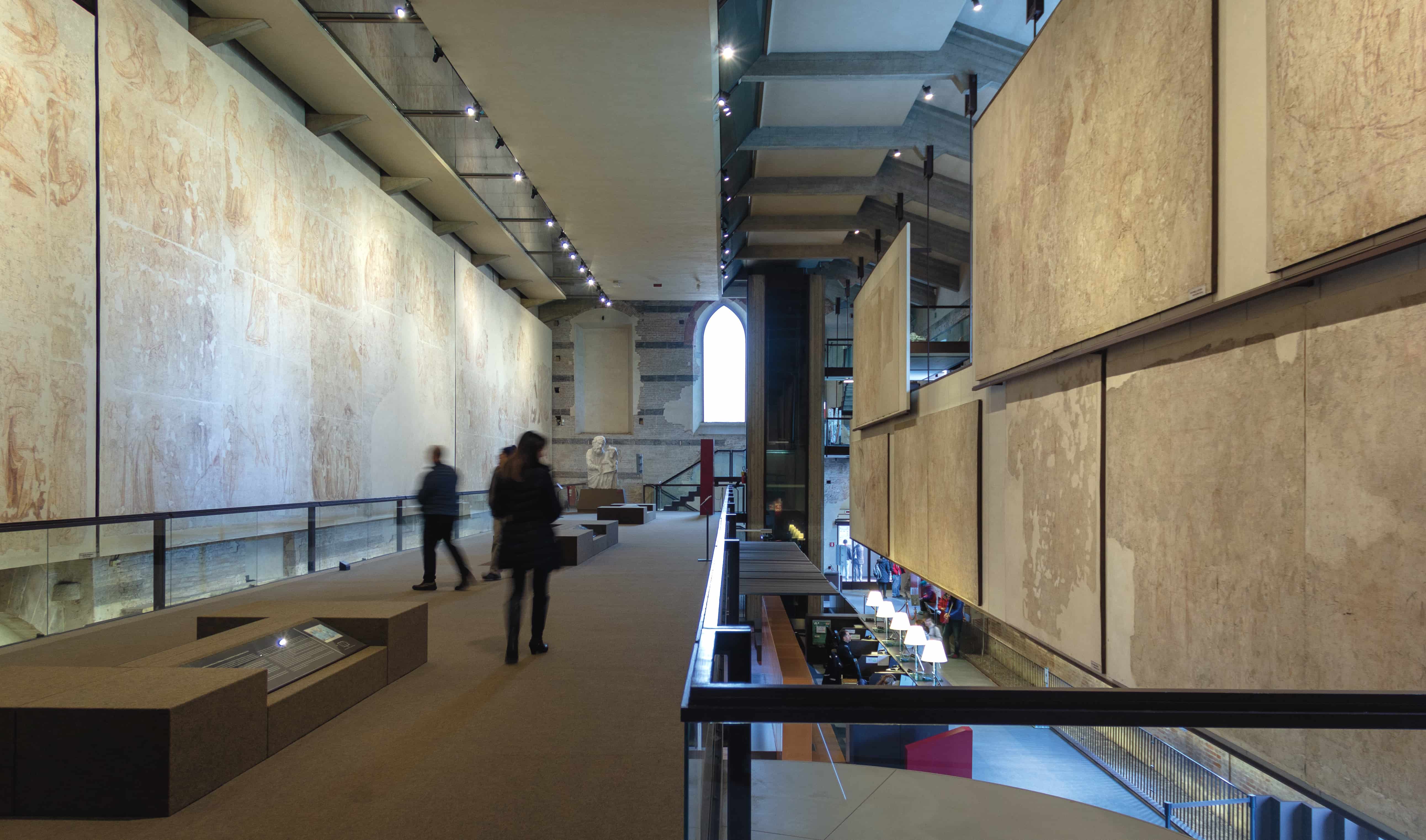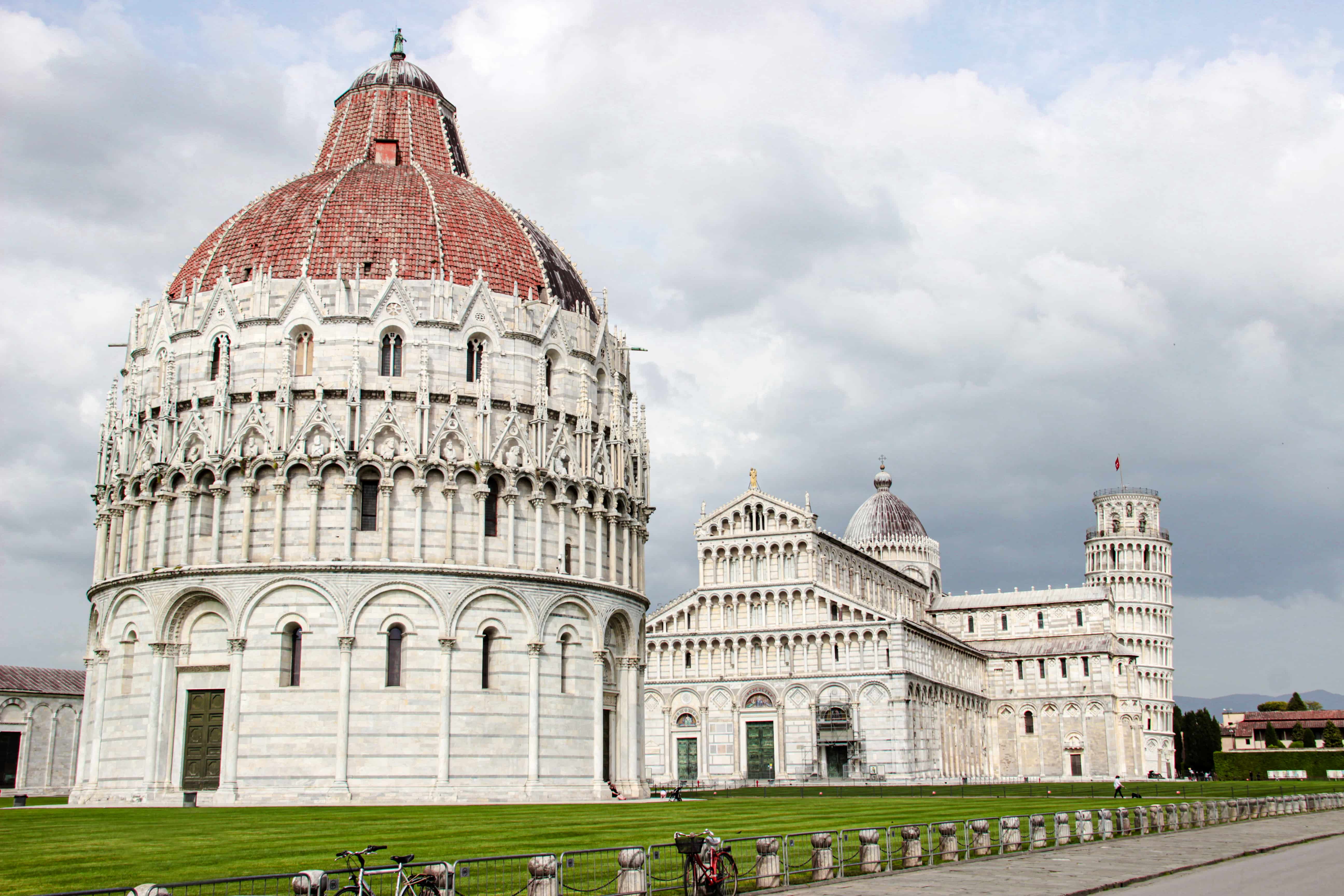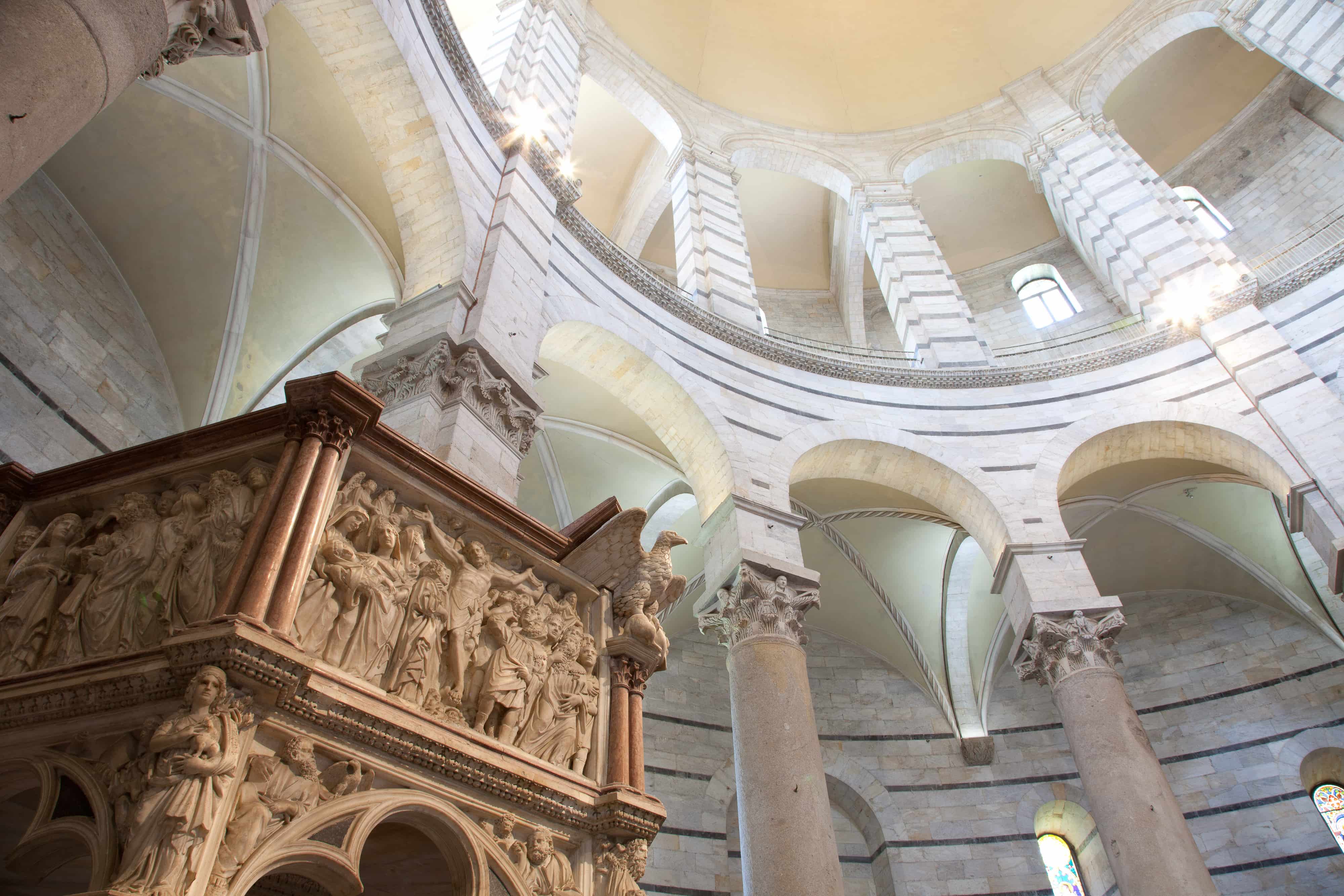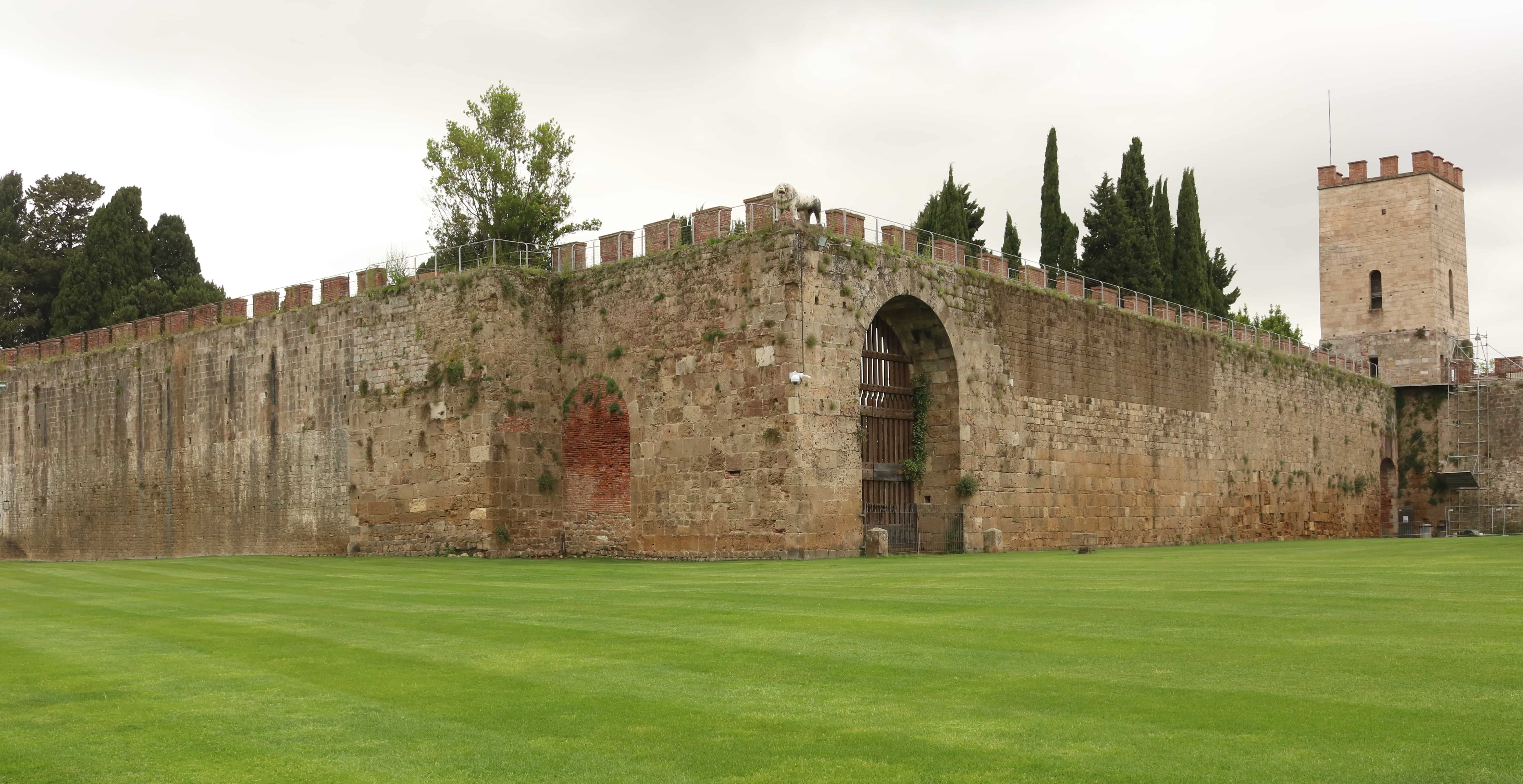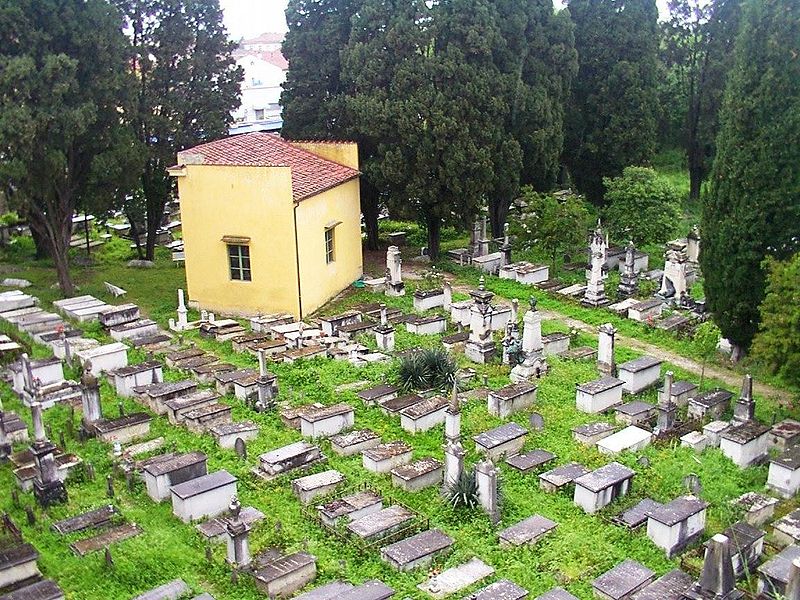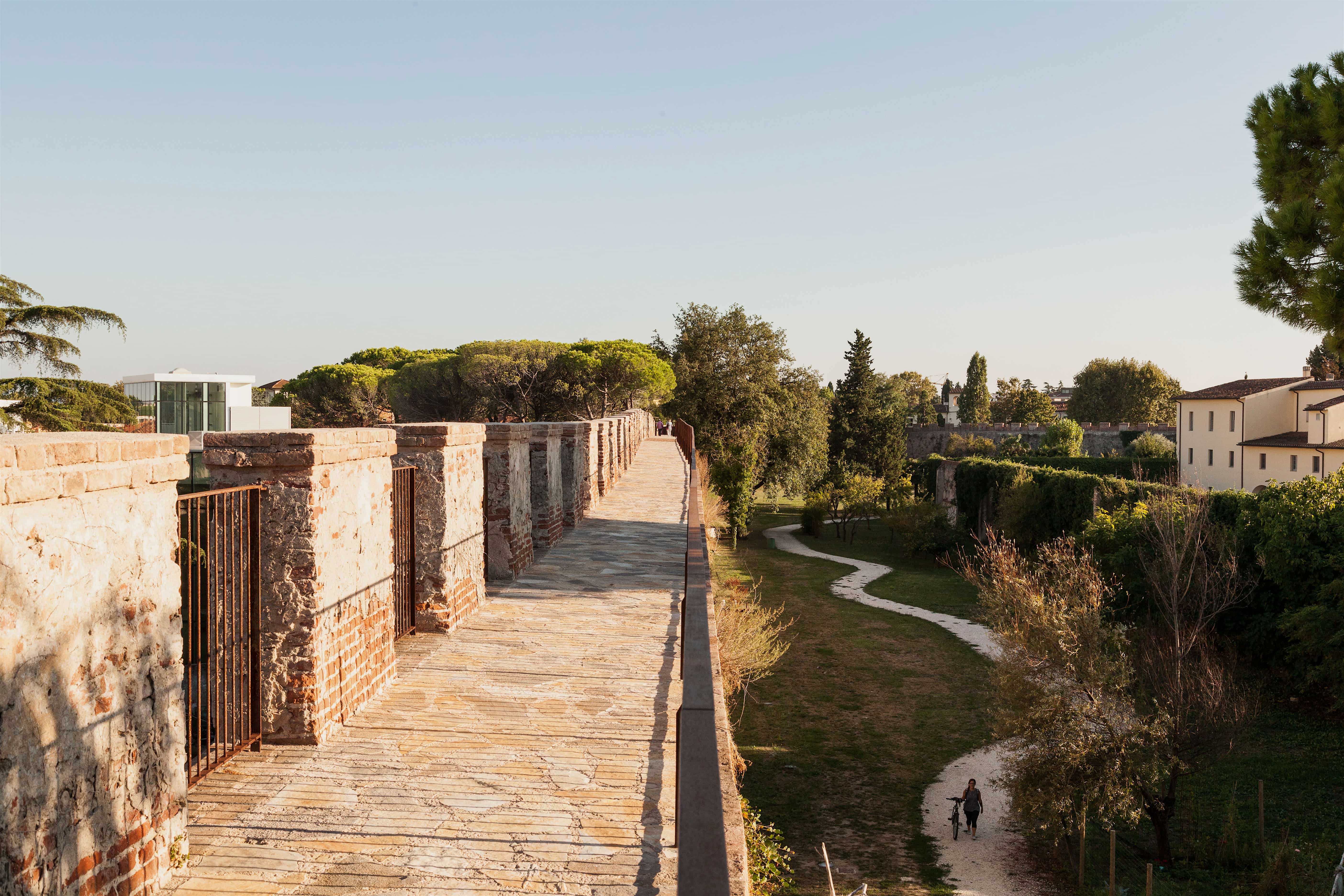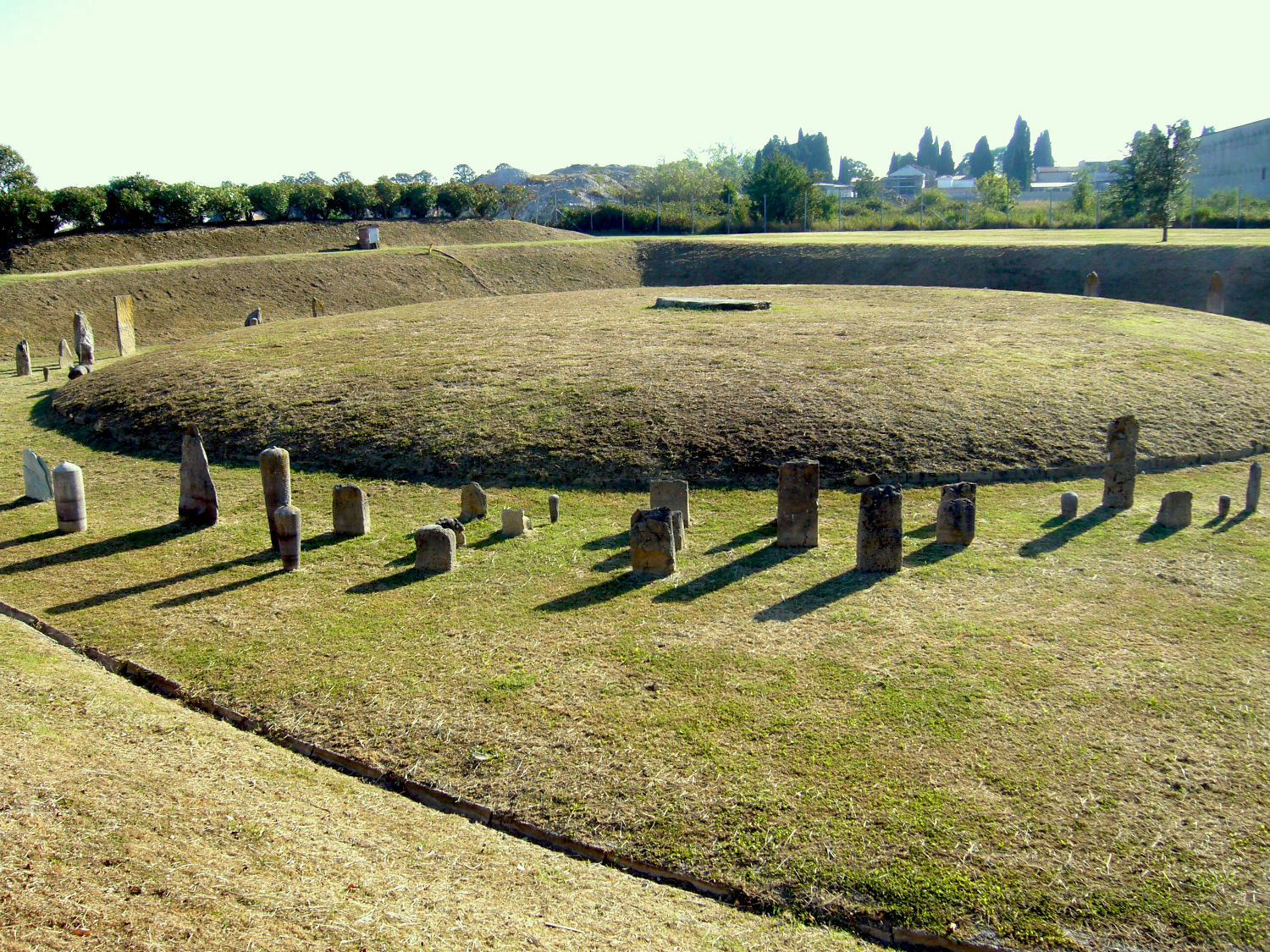Chiesa di S. Maria del Carmine

This Church faces the square of the same name, on the left side of the street now called corso Italia, but which was once via S. Gilio. The church was founded by Carmelite monks in 1325, and both it and the adjoining monastery underwent radical transformations during the years between the second half of the 16th century and 1612, when it was newly consecrated. It was badly damaged by bombing in the second world war, damage clearly to be seen in the roof, re-built in 1965, with reinforced concrete beams.
Inside, the 14th century masonry was completely masked by the alterations in furnishings required by the Council of Trent, in particular by Baroque replacements to the original altars, although externally the original Gothic brickwork of the north wall of the church is recognisable. Of particular interest is the chapel, commissioned by the notary Giuliano di Colino degli Scarsi, begun in 1425, for which Masaccio painted a large altarpiece later dismembered and divided among Pisa (Museum of S. Matteo, S. Paolo), London (National Gallery), Berlin (Staatliche Museen), Naples (Museo di Capodimonte) and Malibu (Paul Getty Museum).
Notable too, are paintings from later centuries that still adorn the 16th century altars, including the Madonna in glory with Saints by Aurelio Lomi (1590 ca.) and the Ascension of Christ by Alessandro Allori (1581), respectively above the first and second altars, against the north wall, and the Apparition of the Virgin to St. Andrea Corsini by Francesco Curradi (1629 ca.), above the altar inside the church front. In the refectory there is still a fragment from the 14th century of an Annunciation. In three lunettes of the cloister there are early 17th century frescoes – the remains of a huge cycle of Stories from the life of Carmelitan Saints and the Life of Christ.

